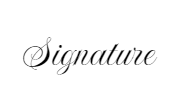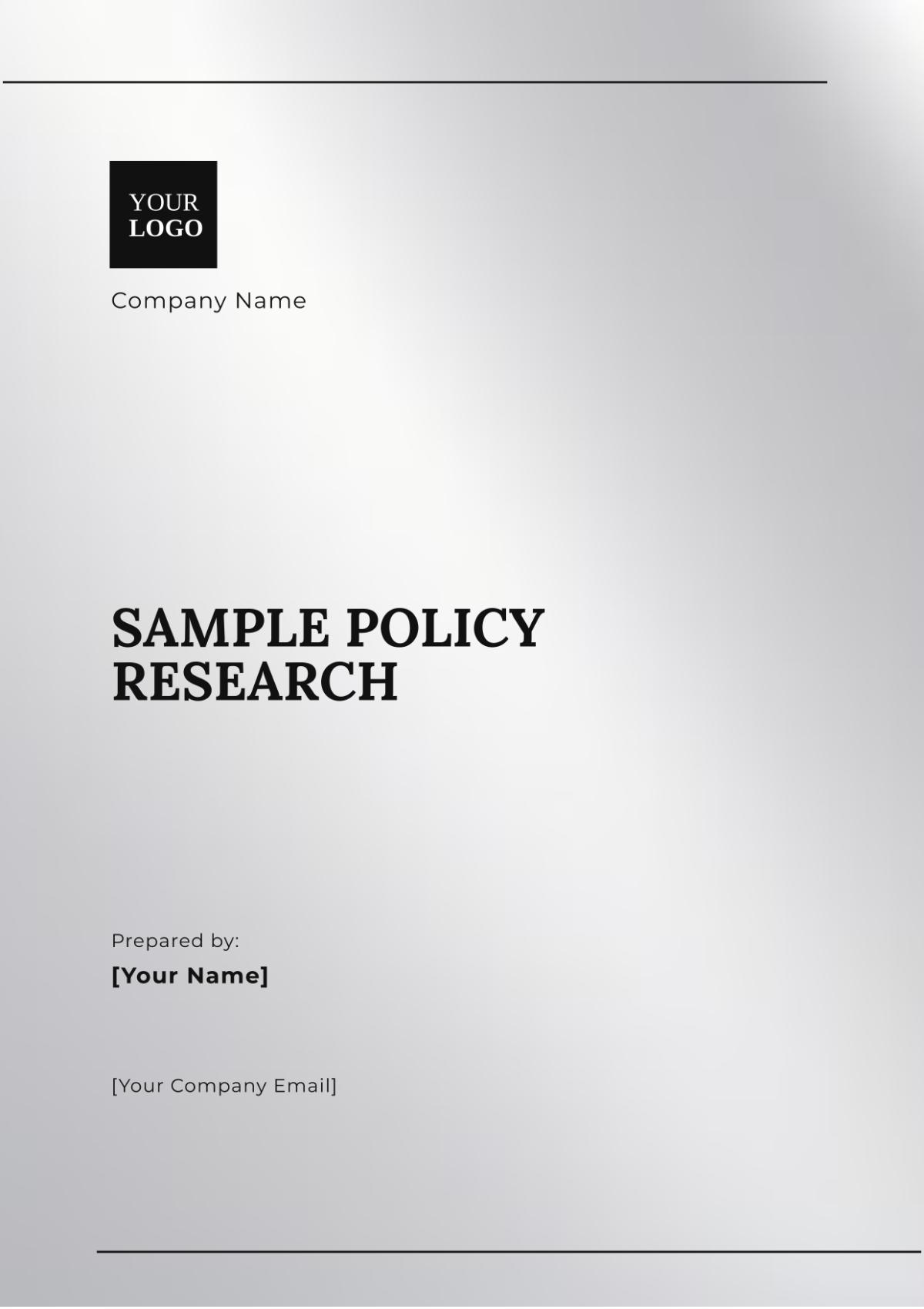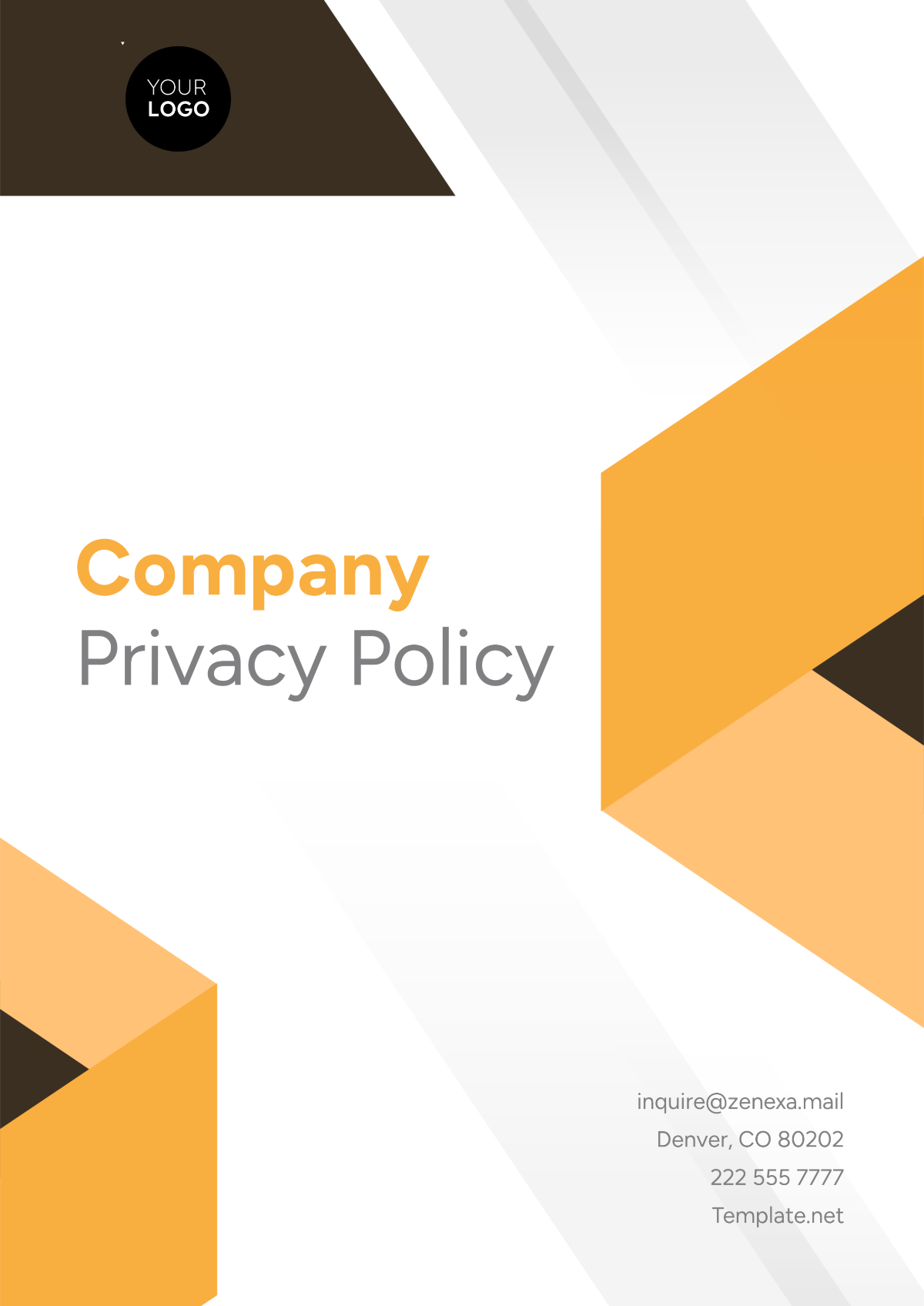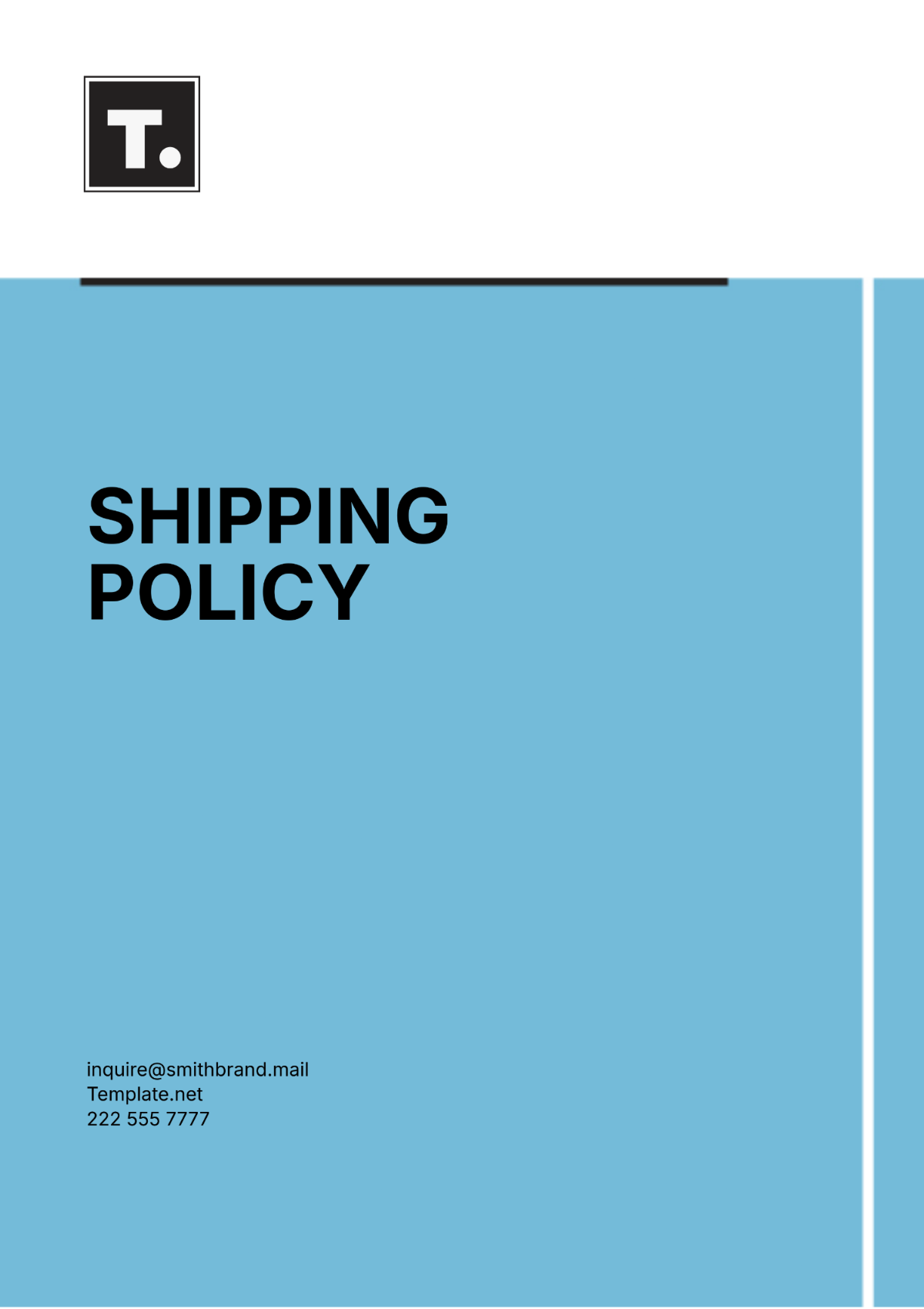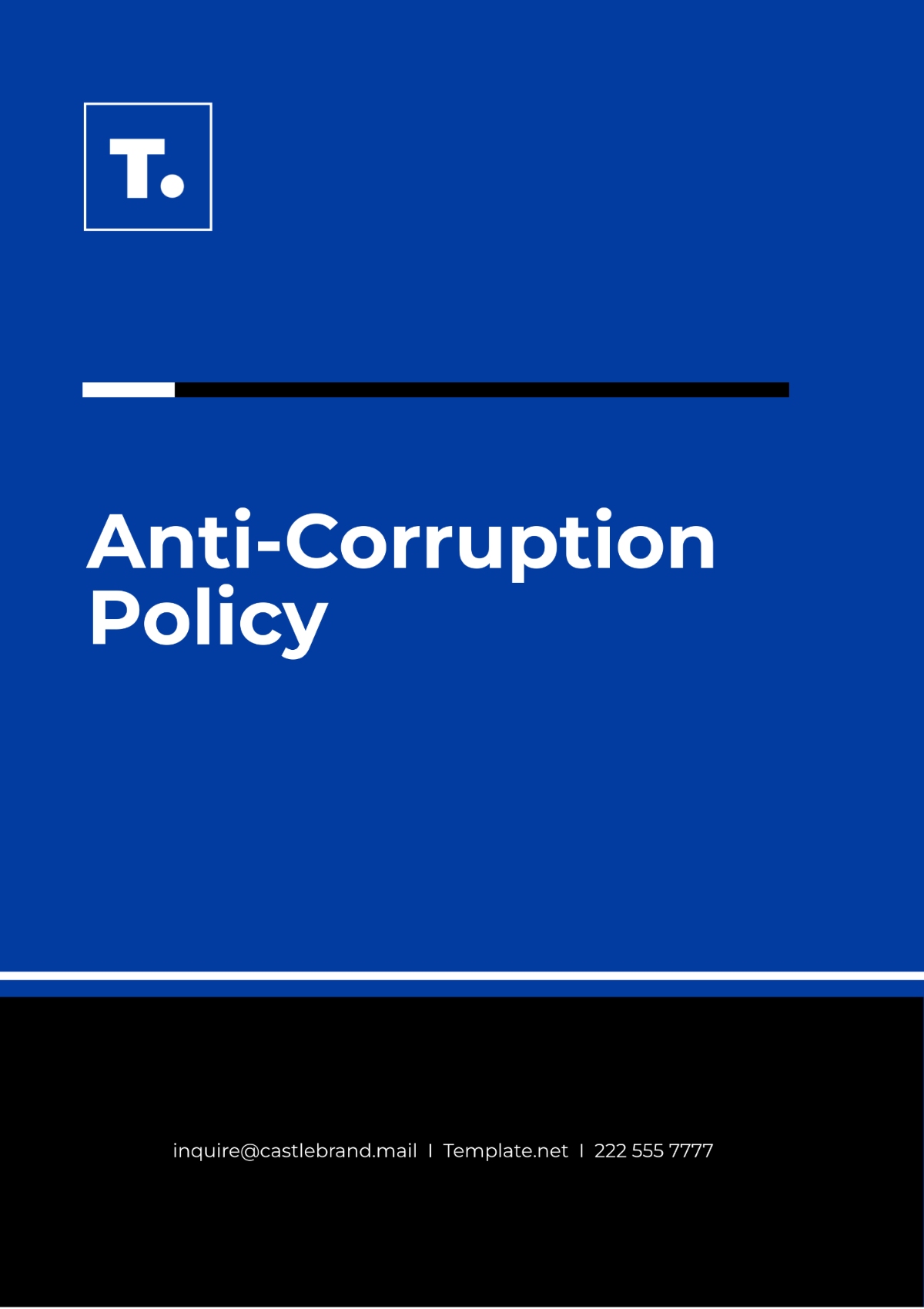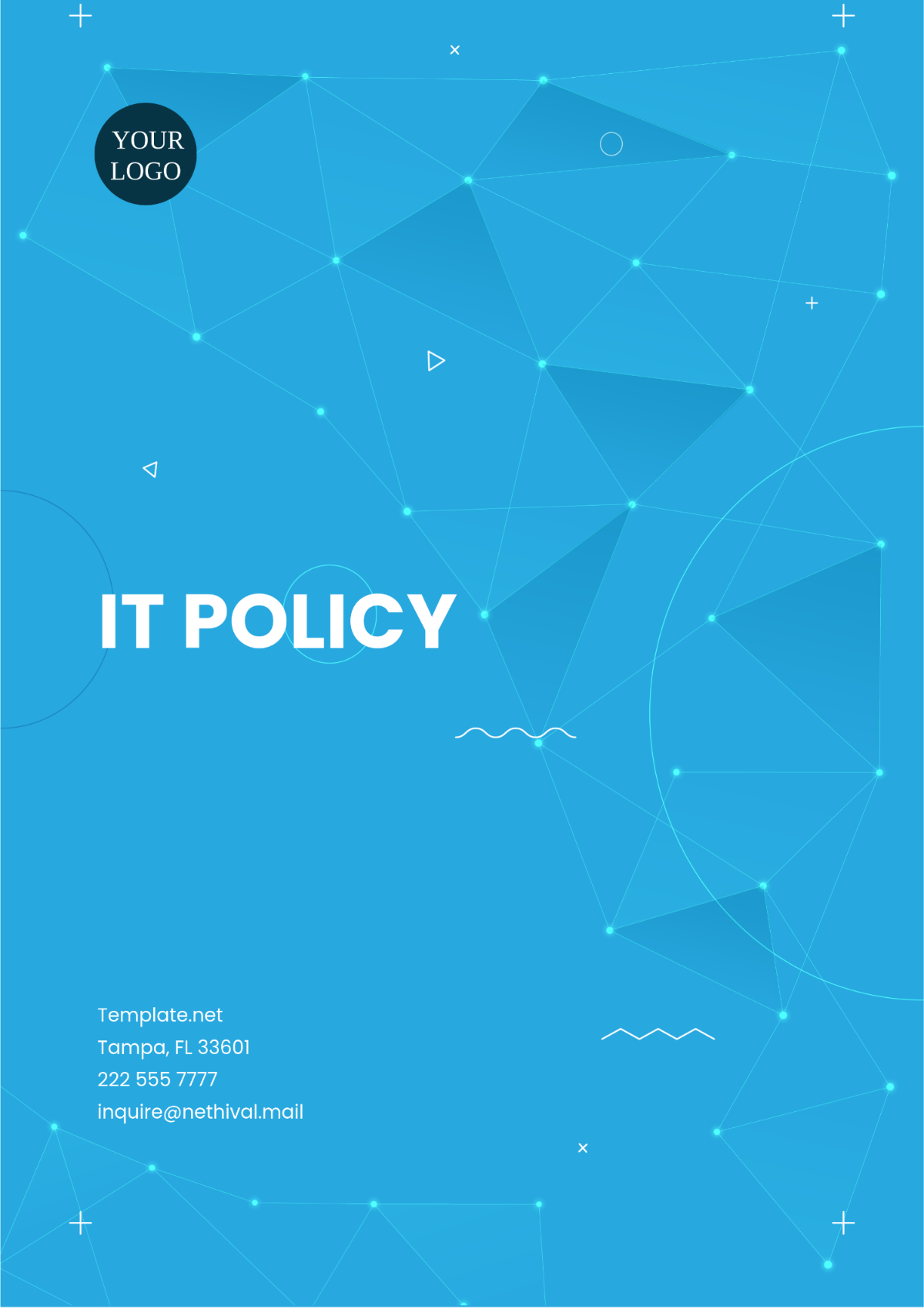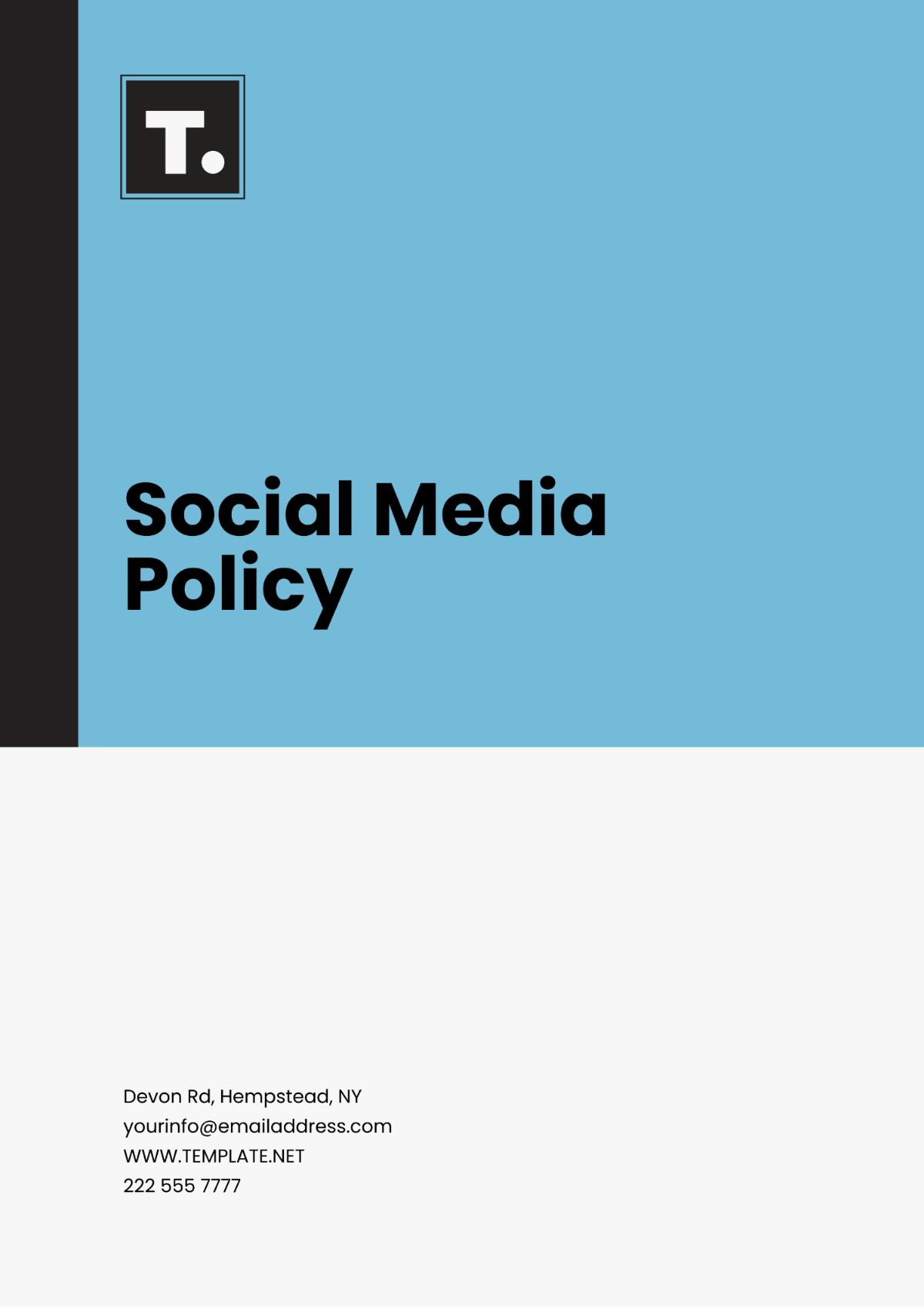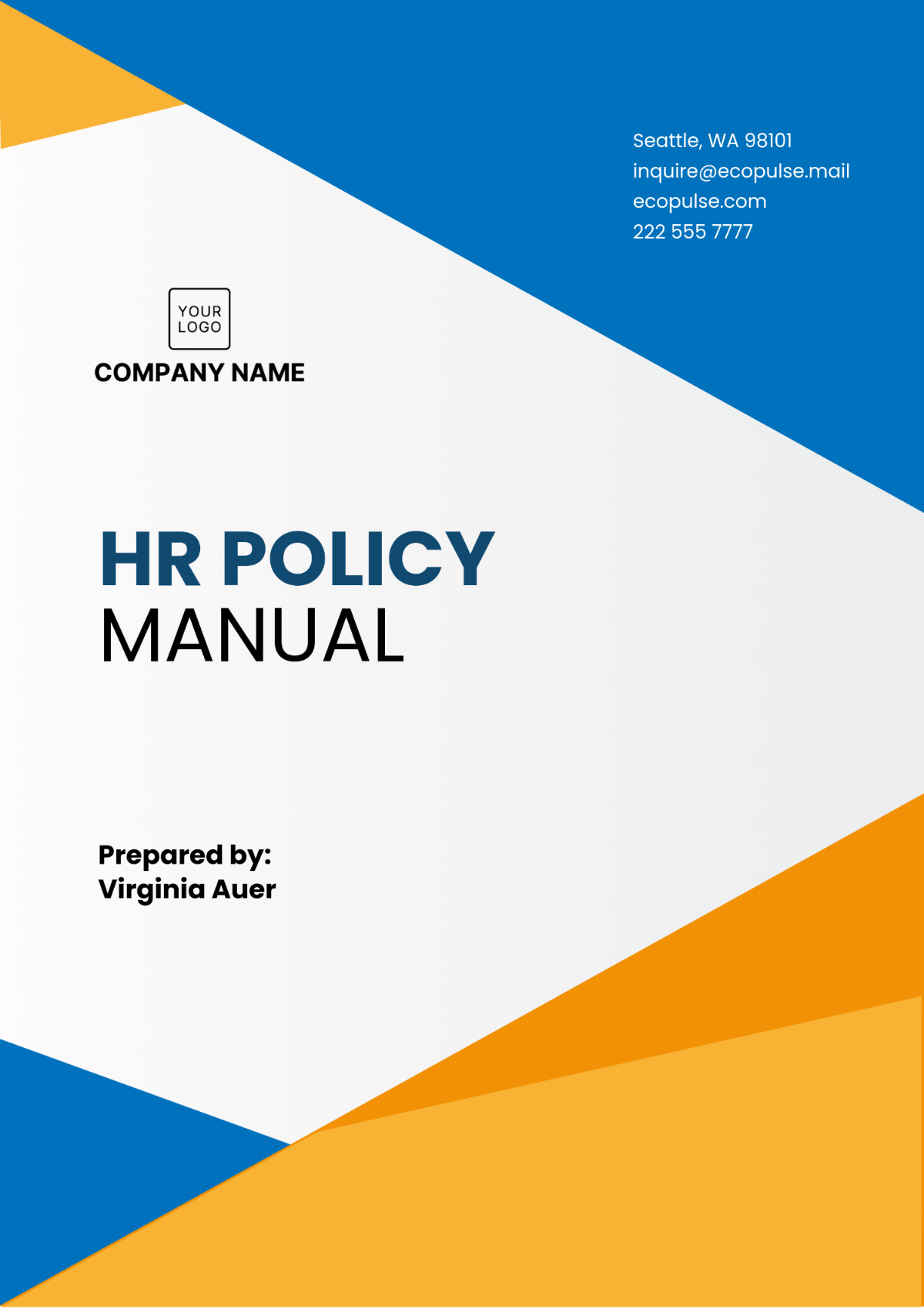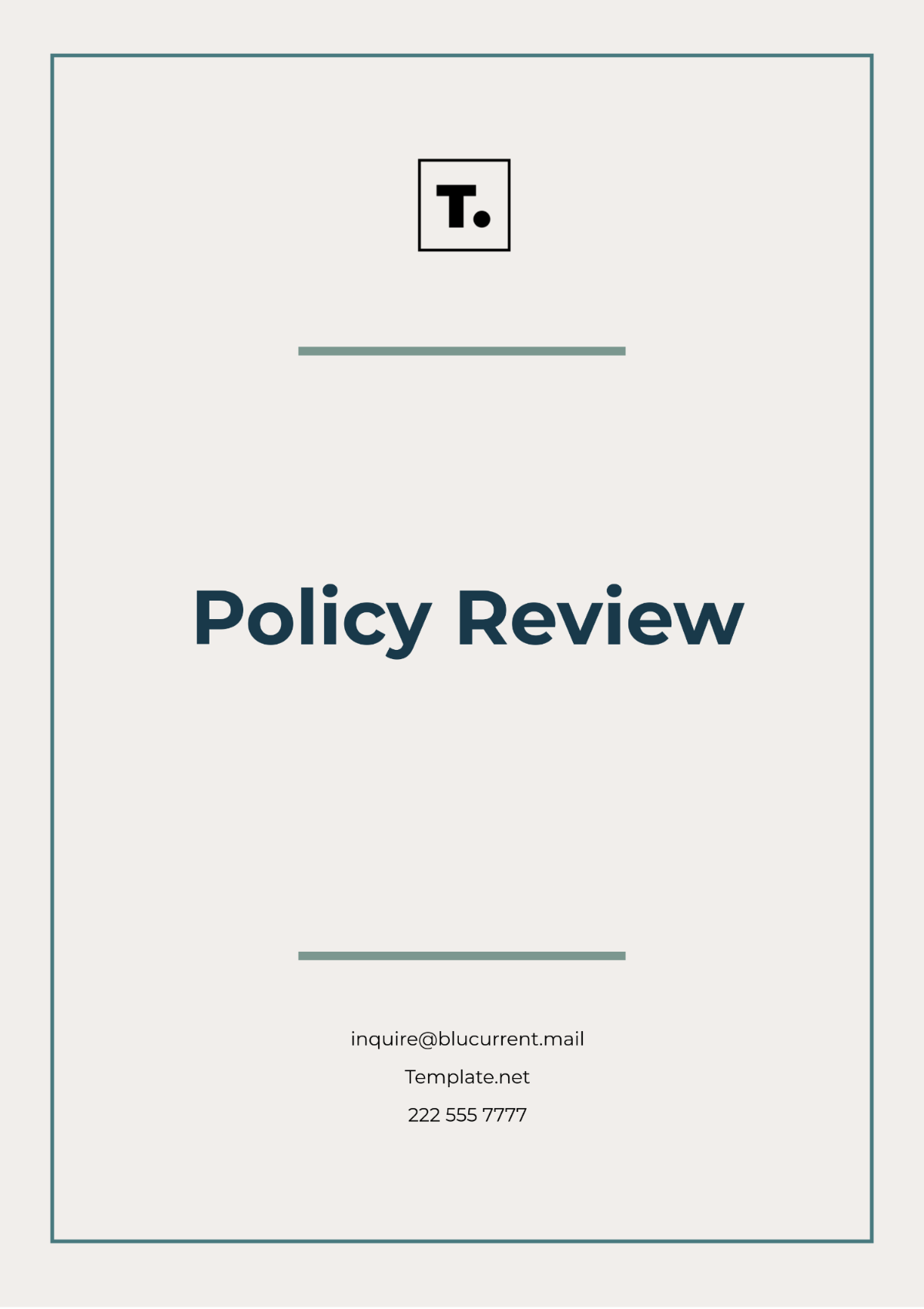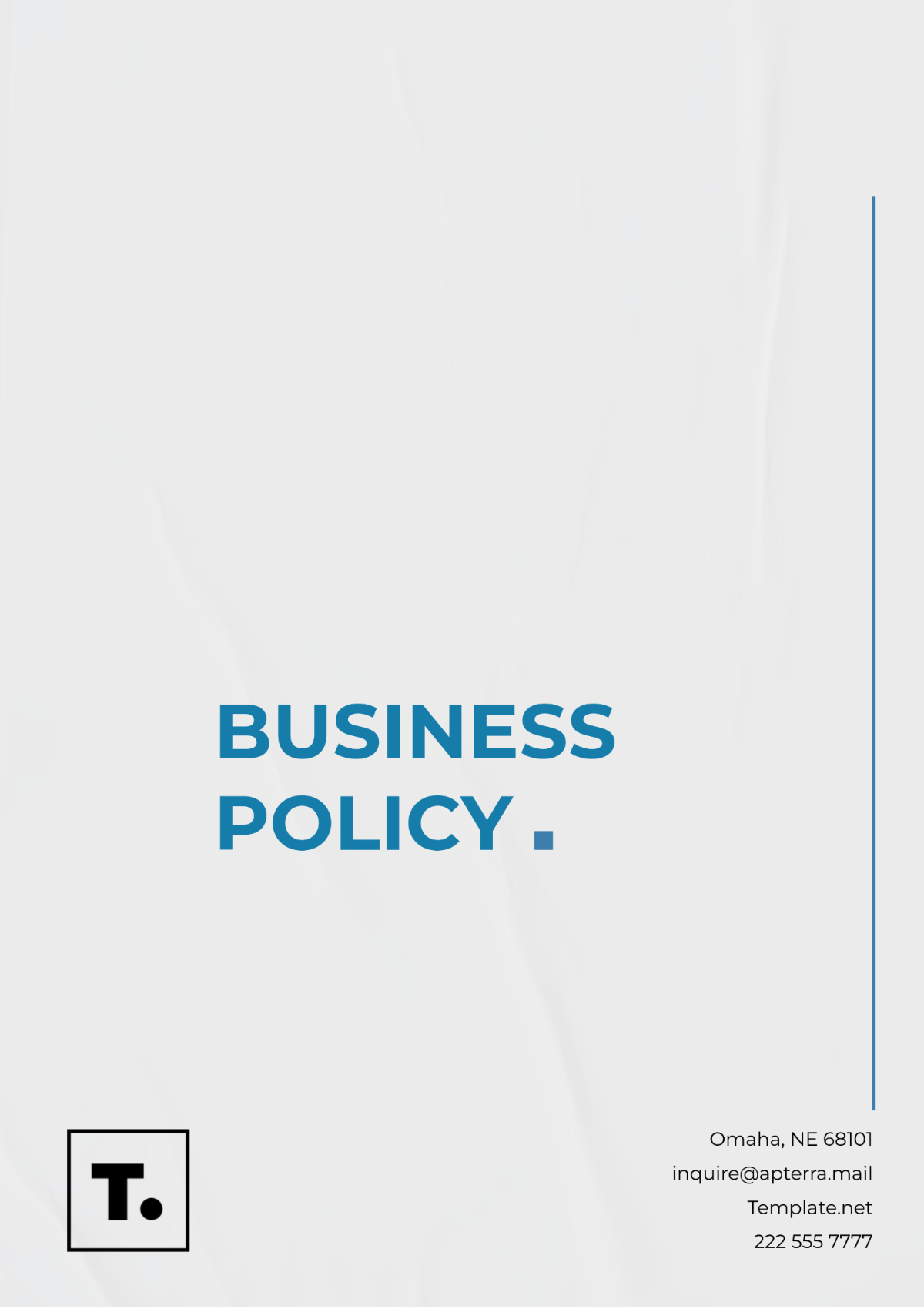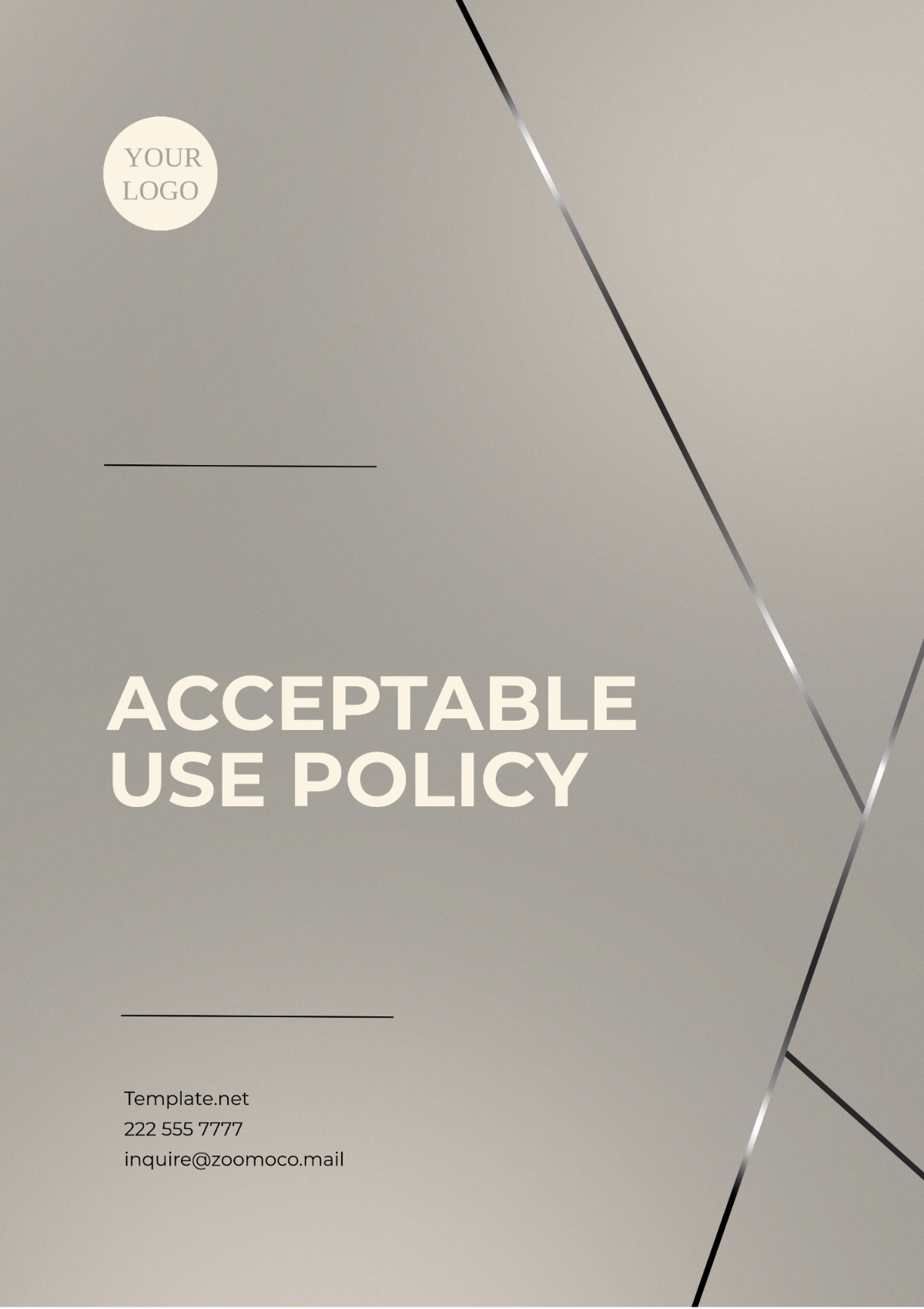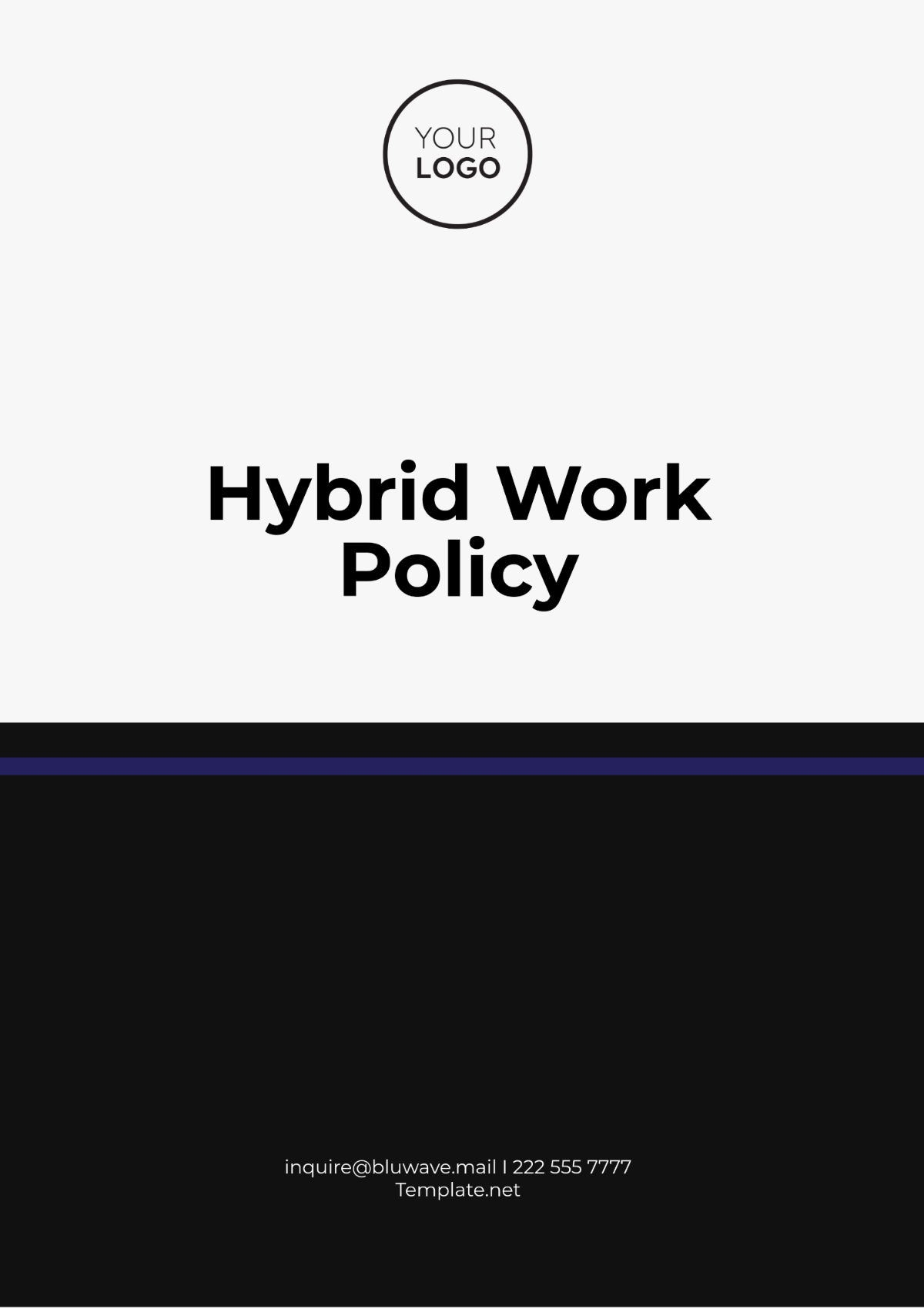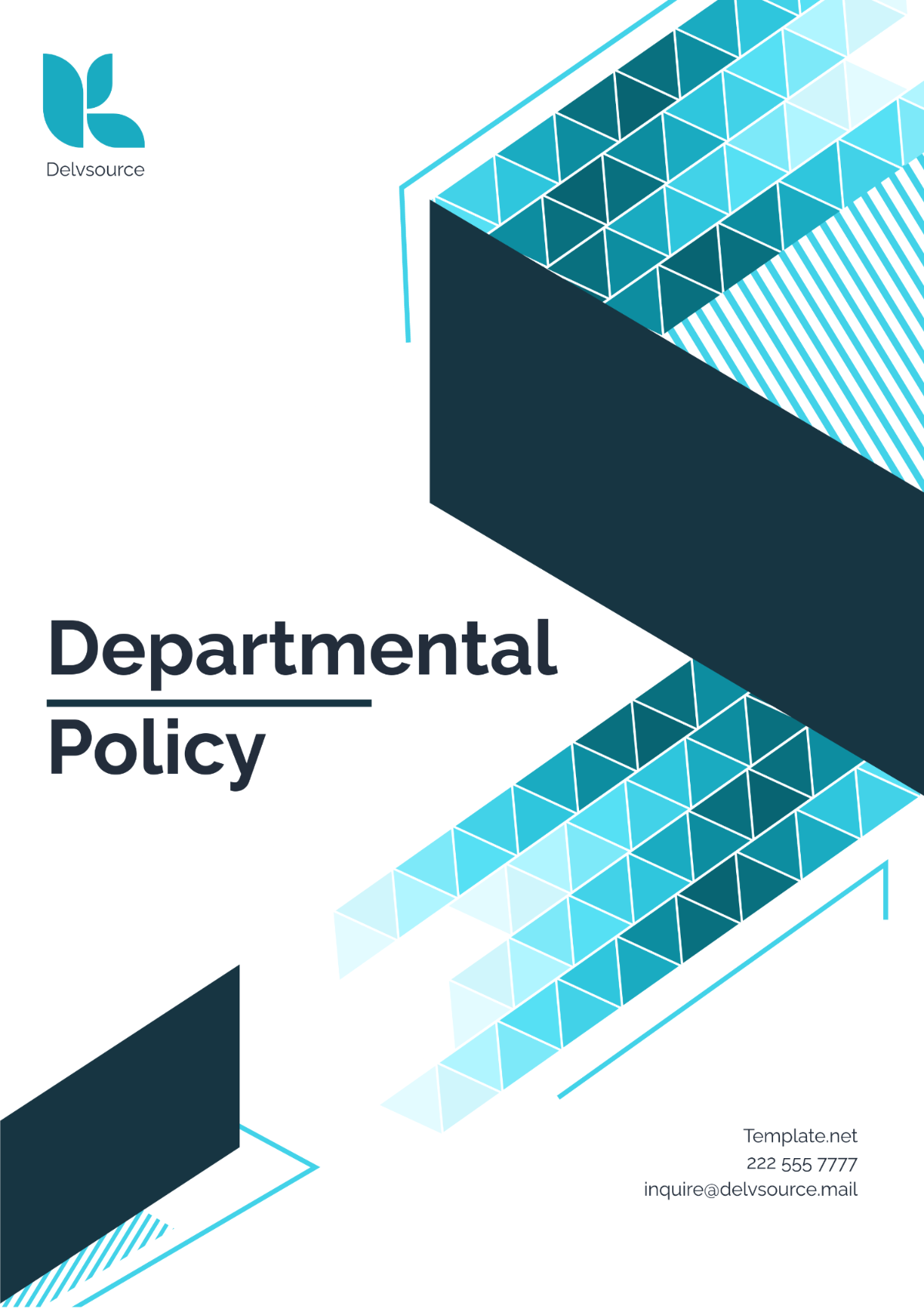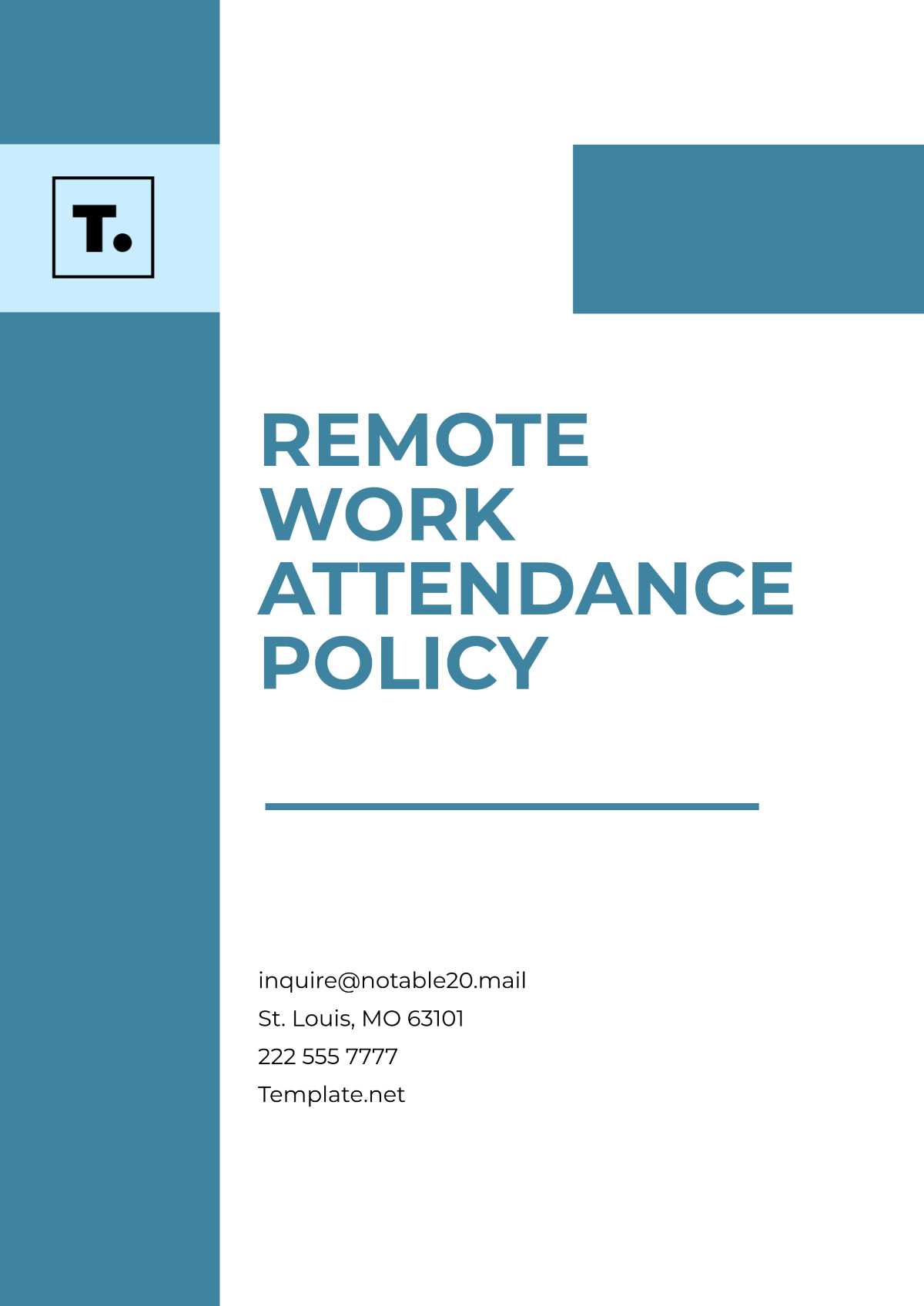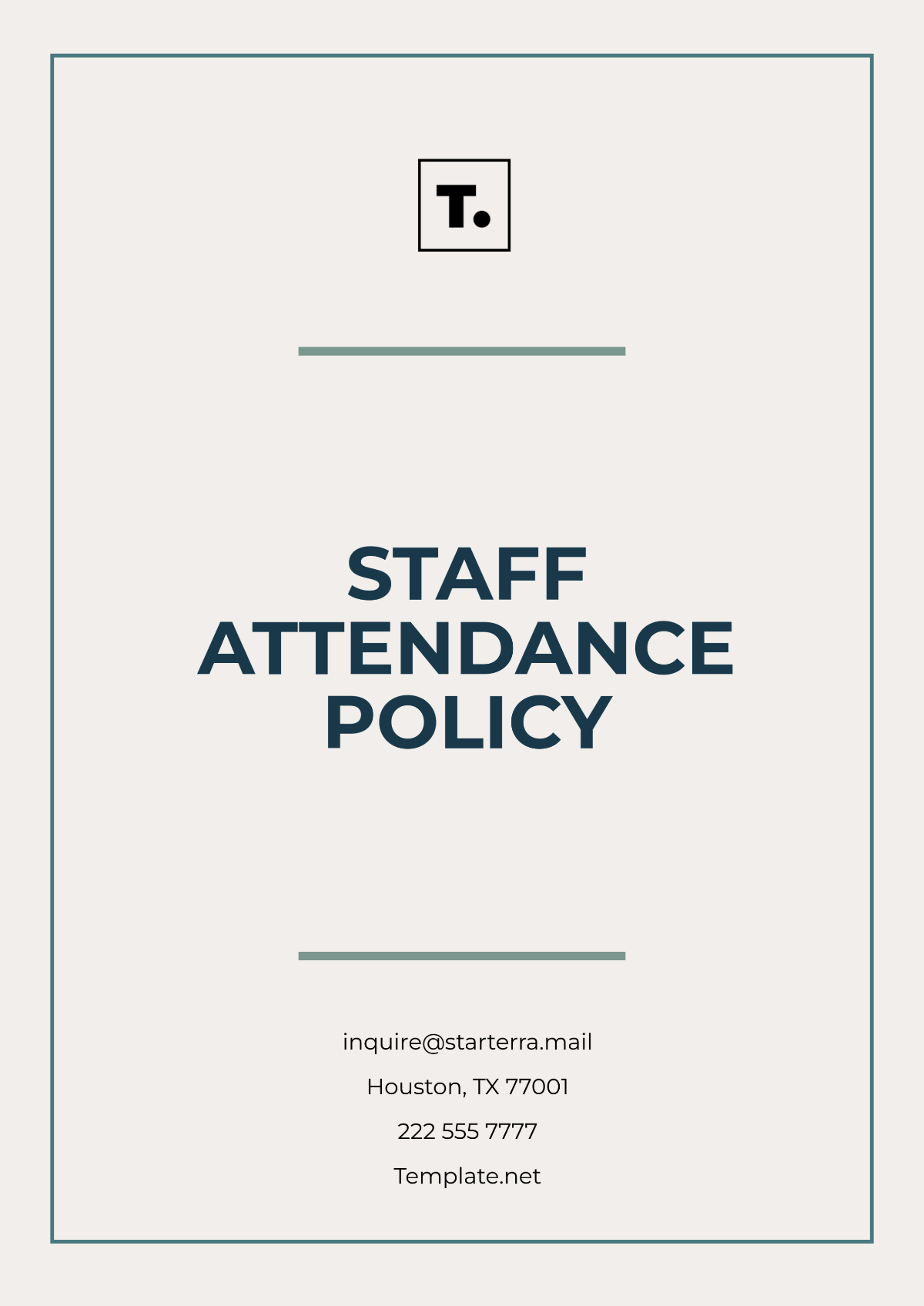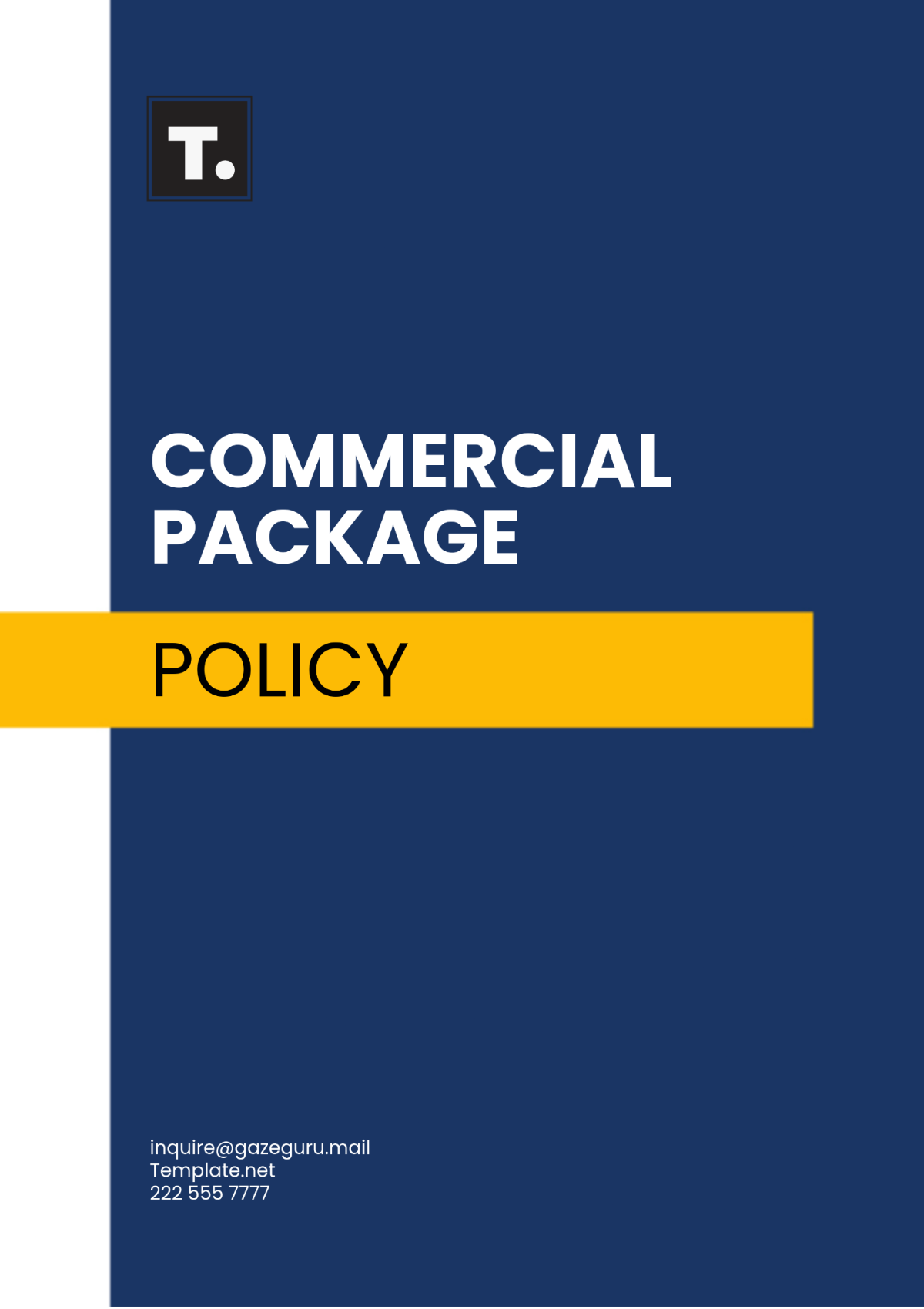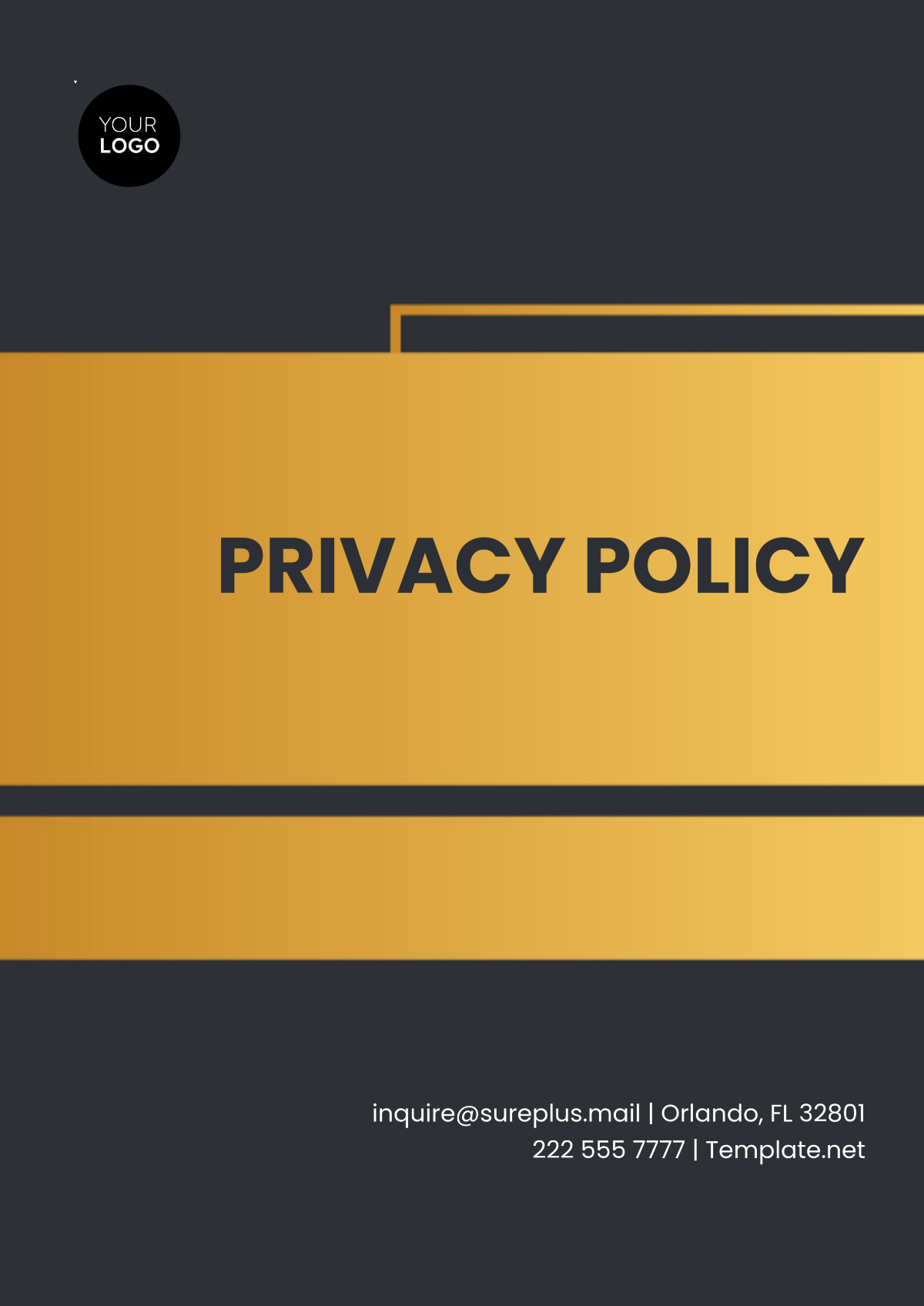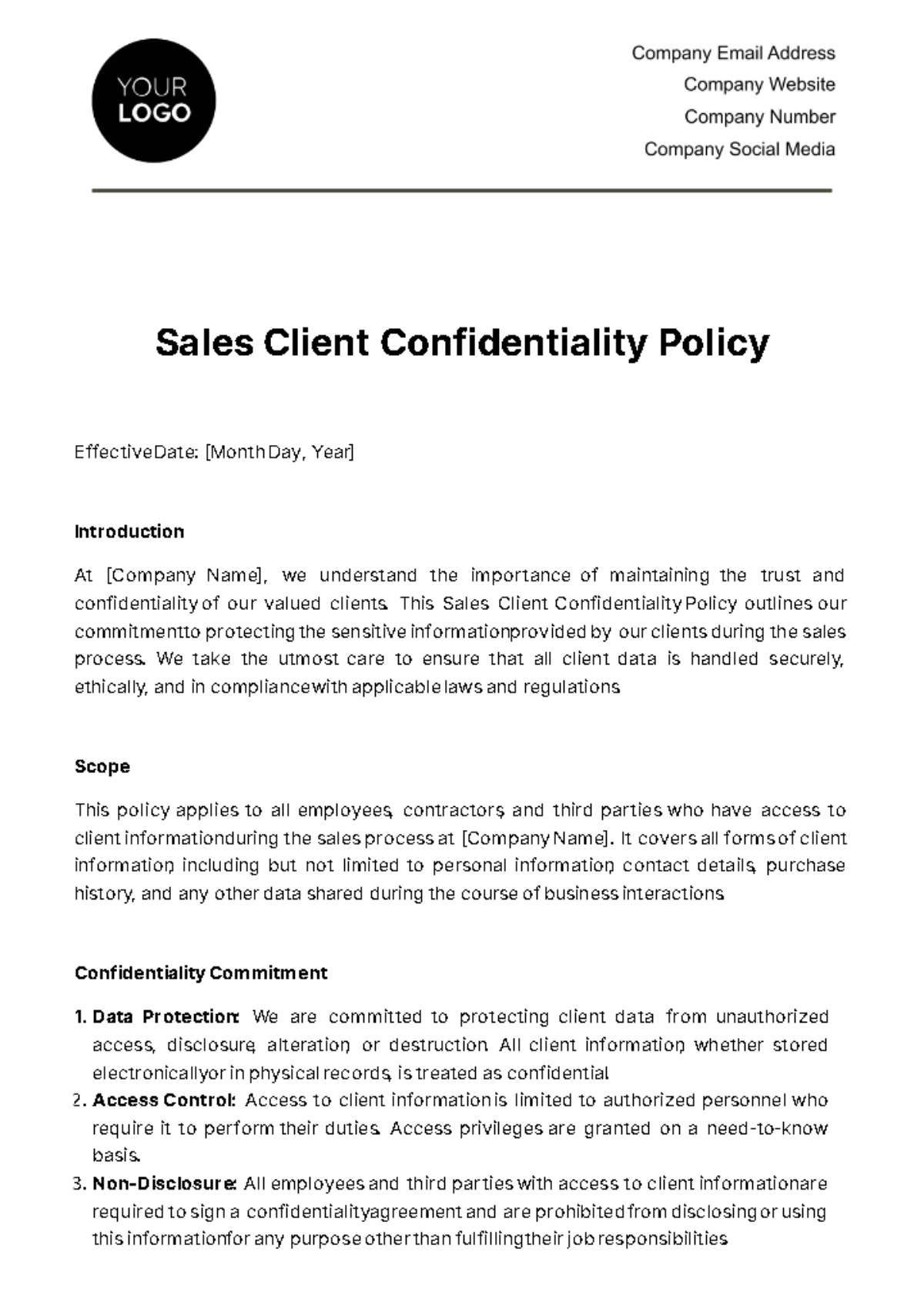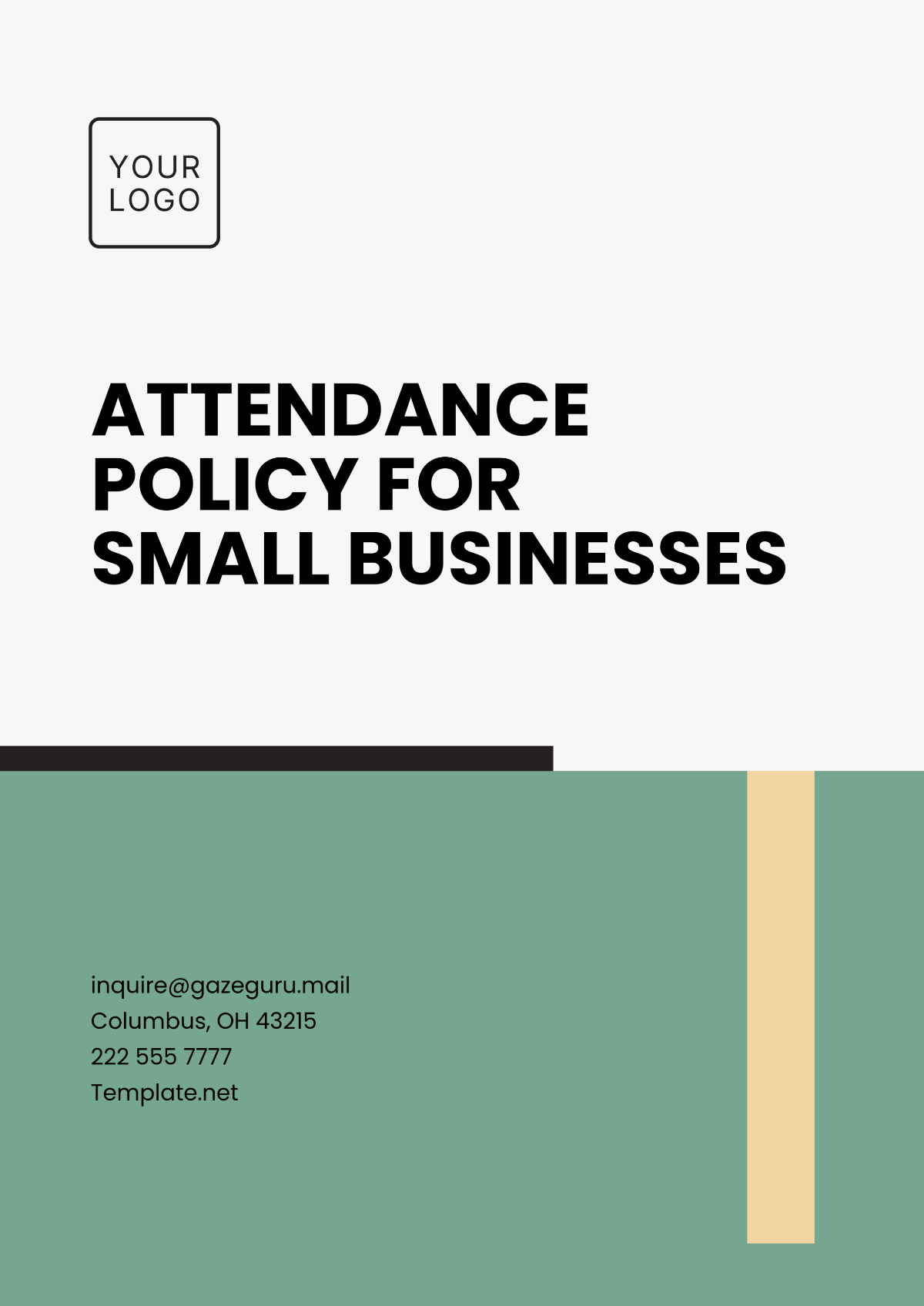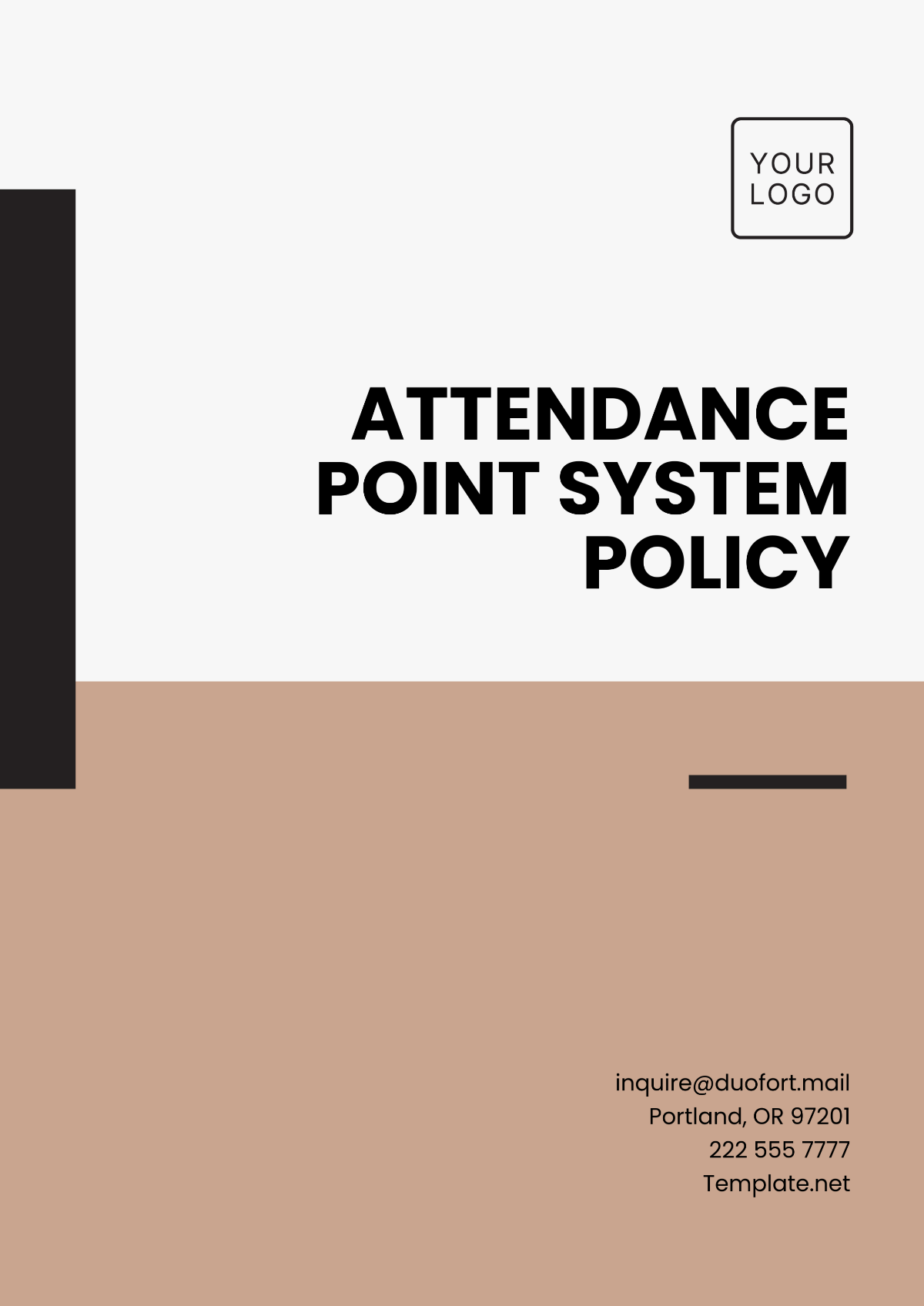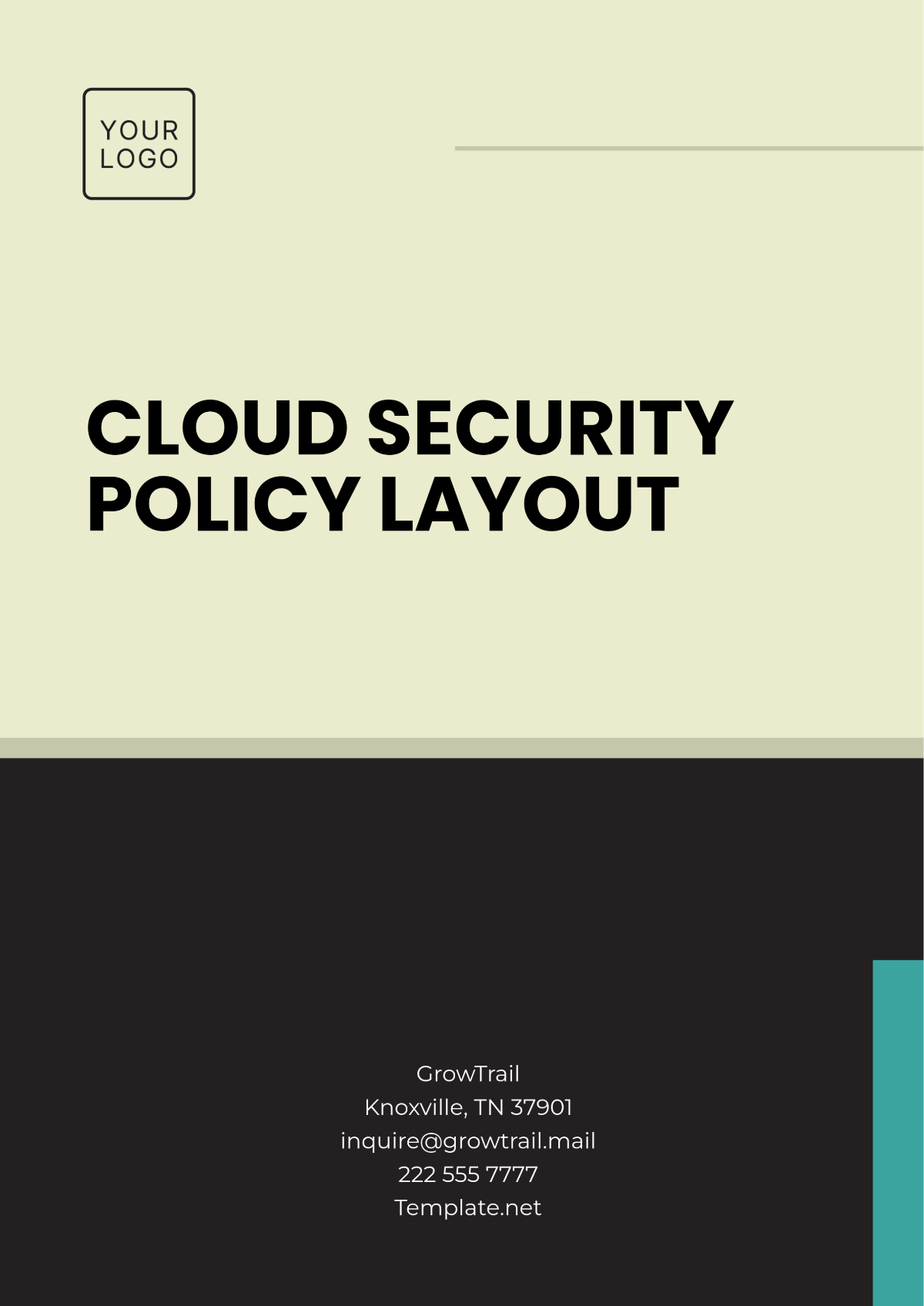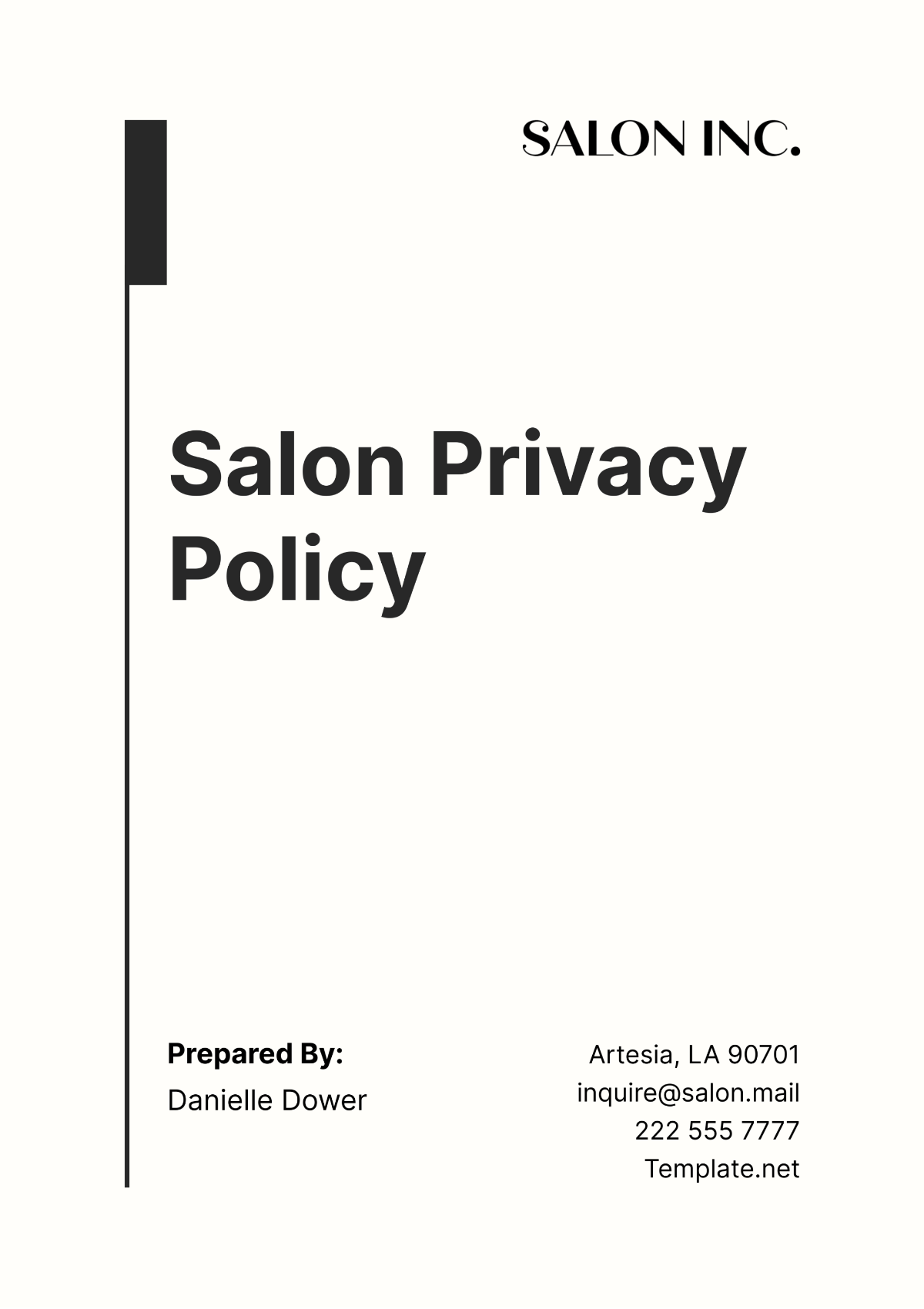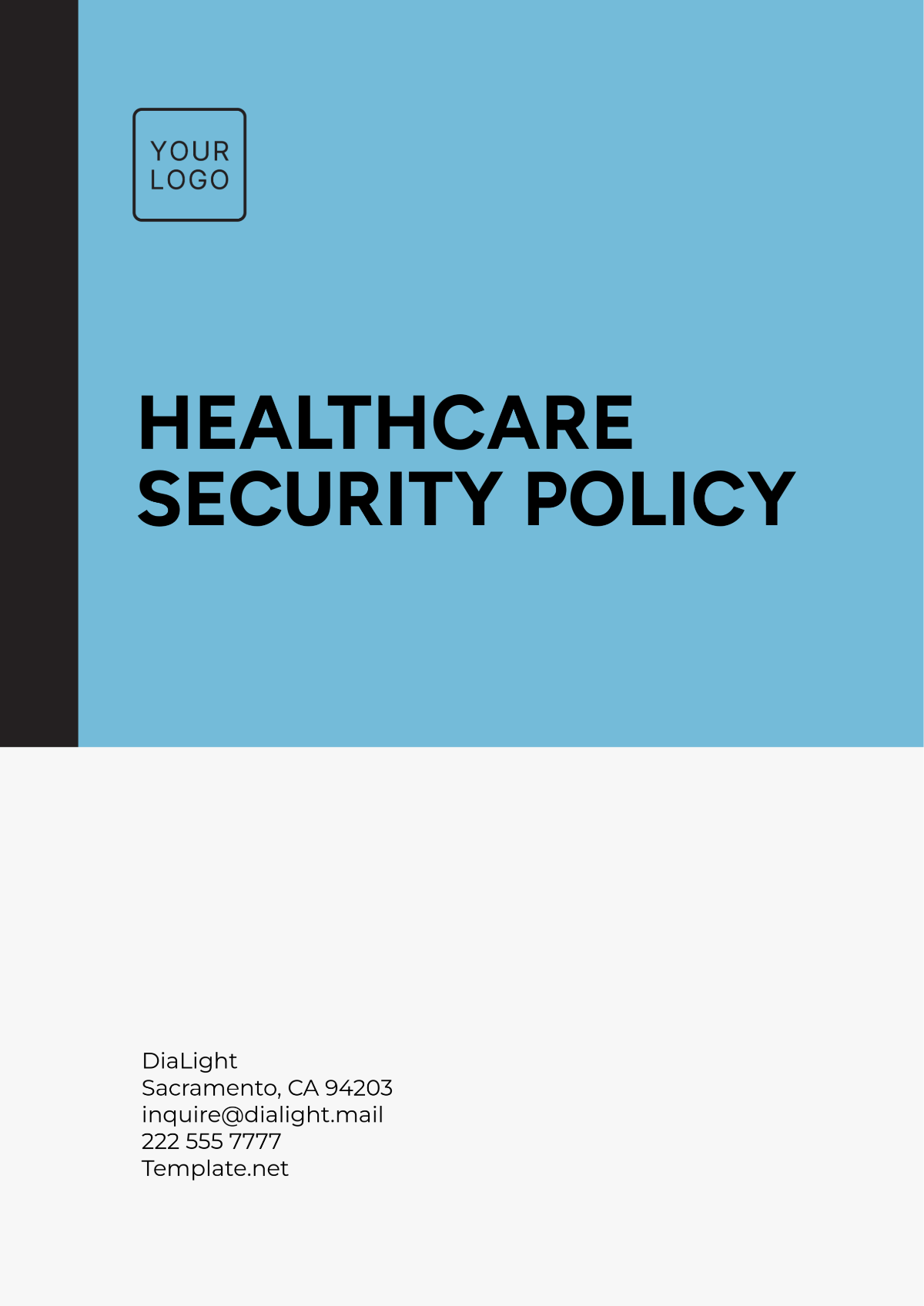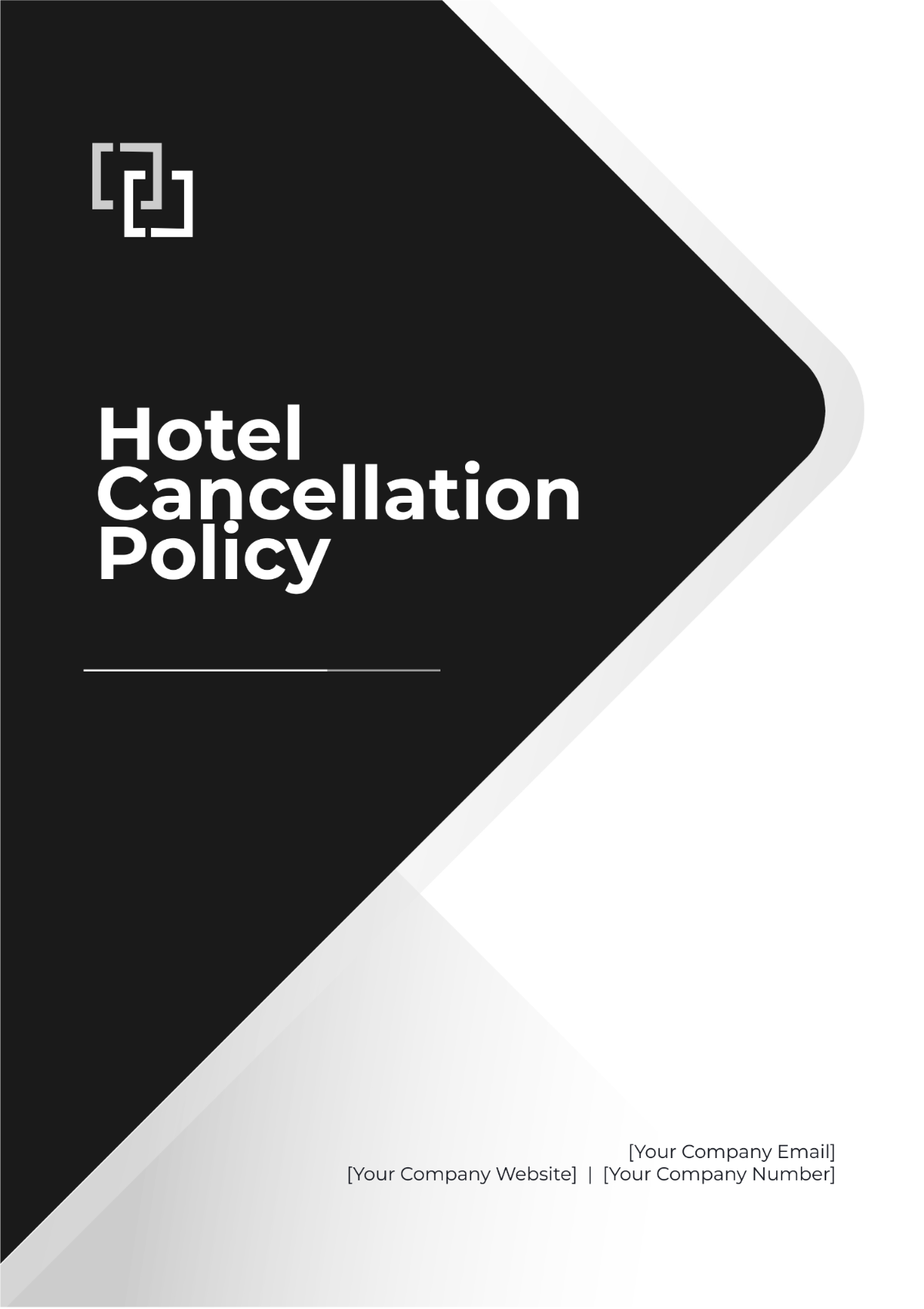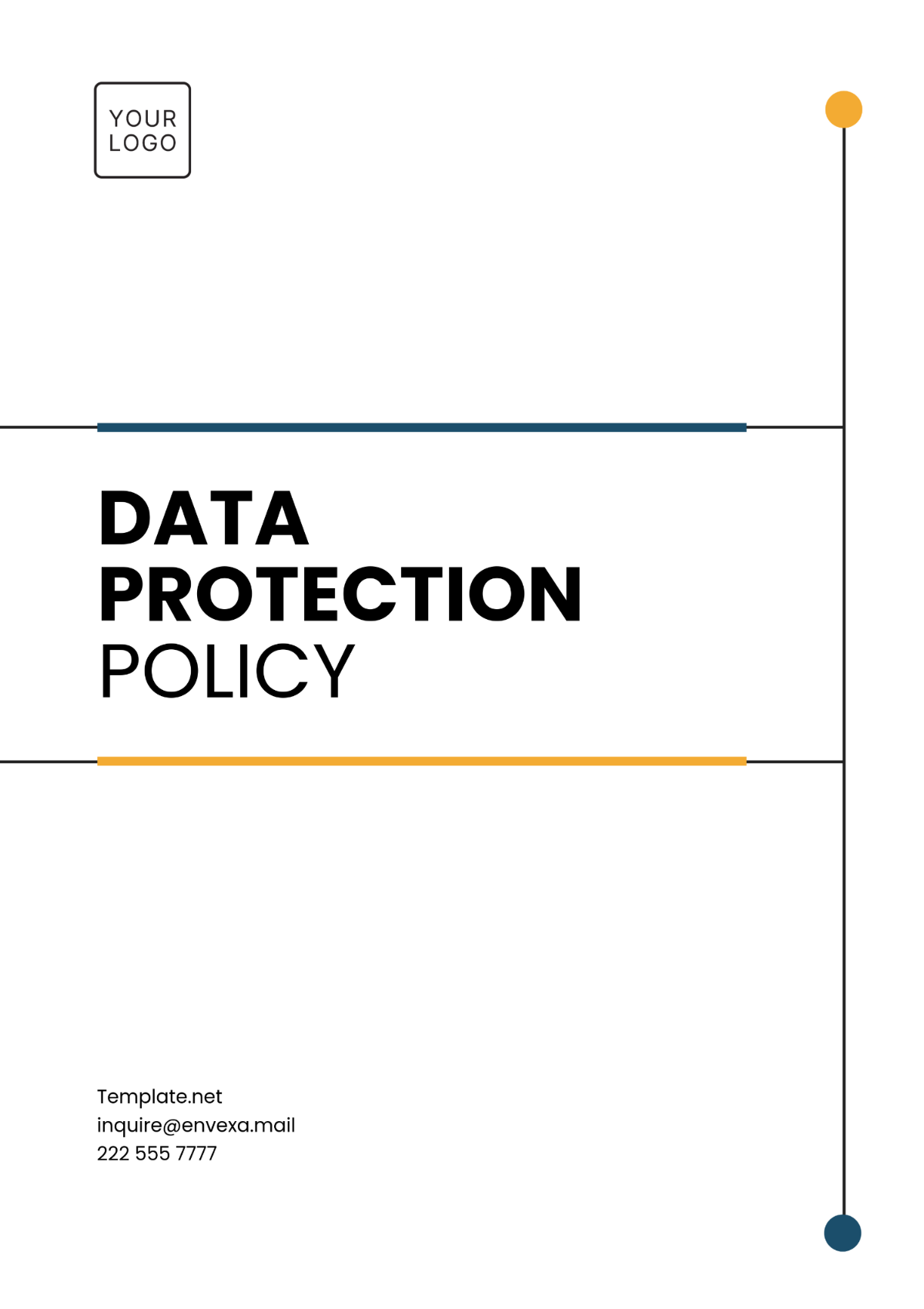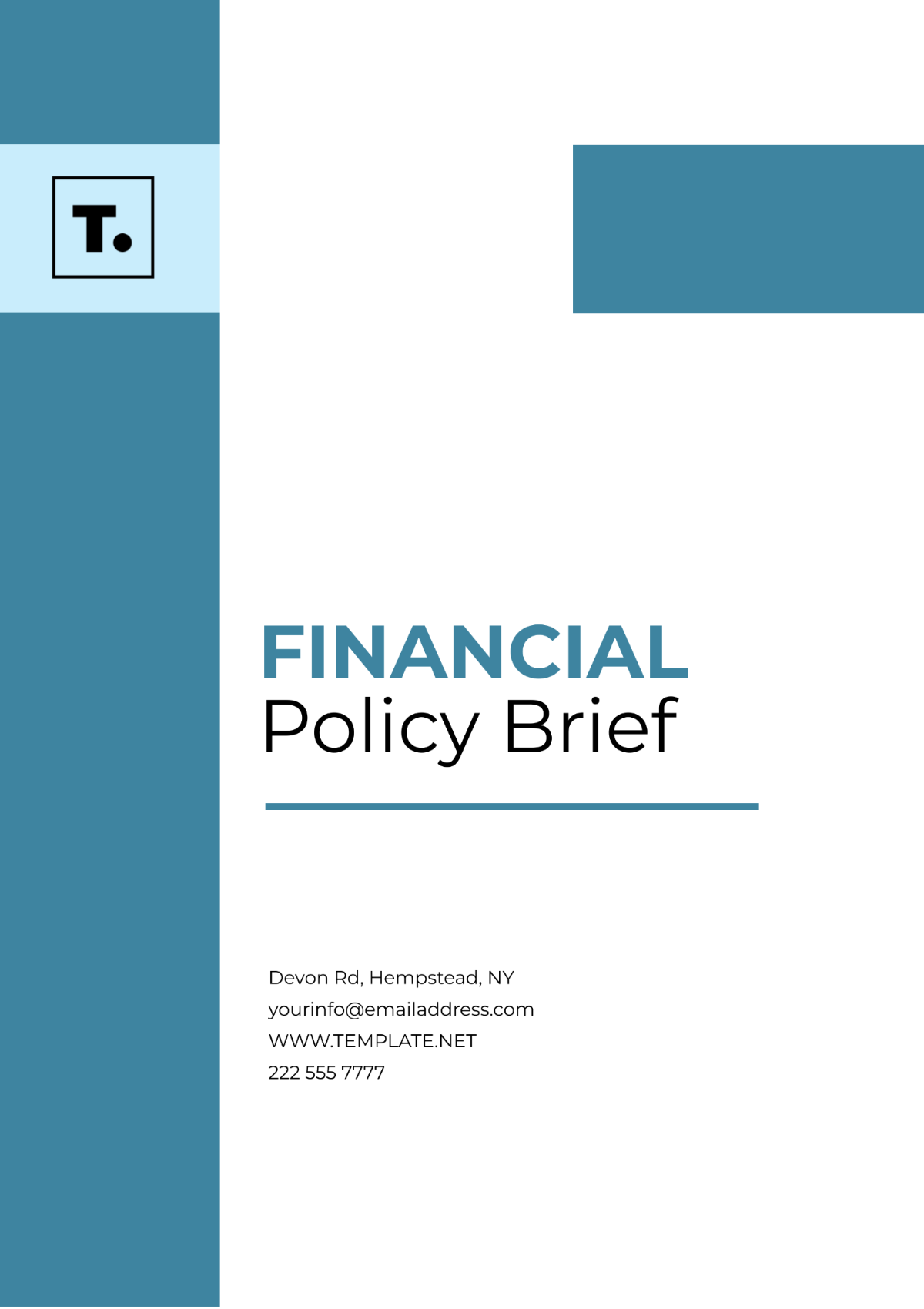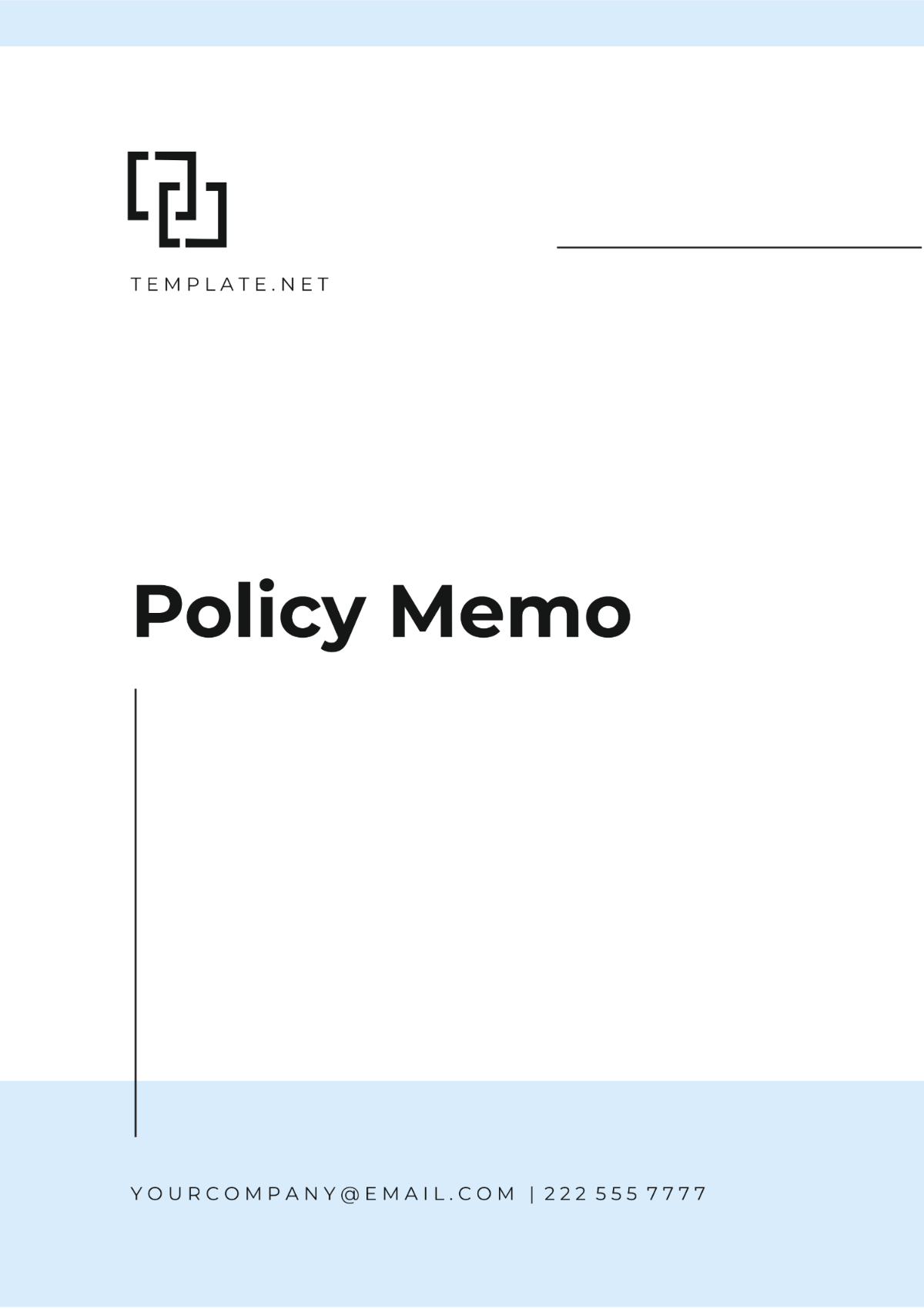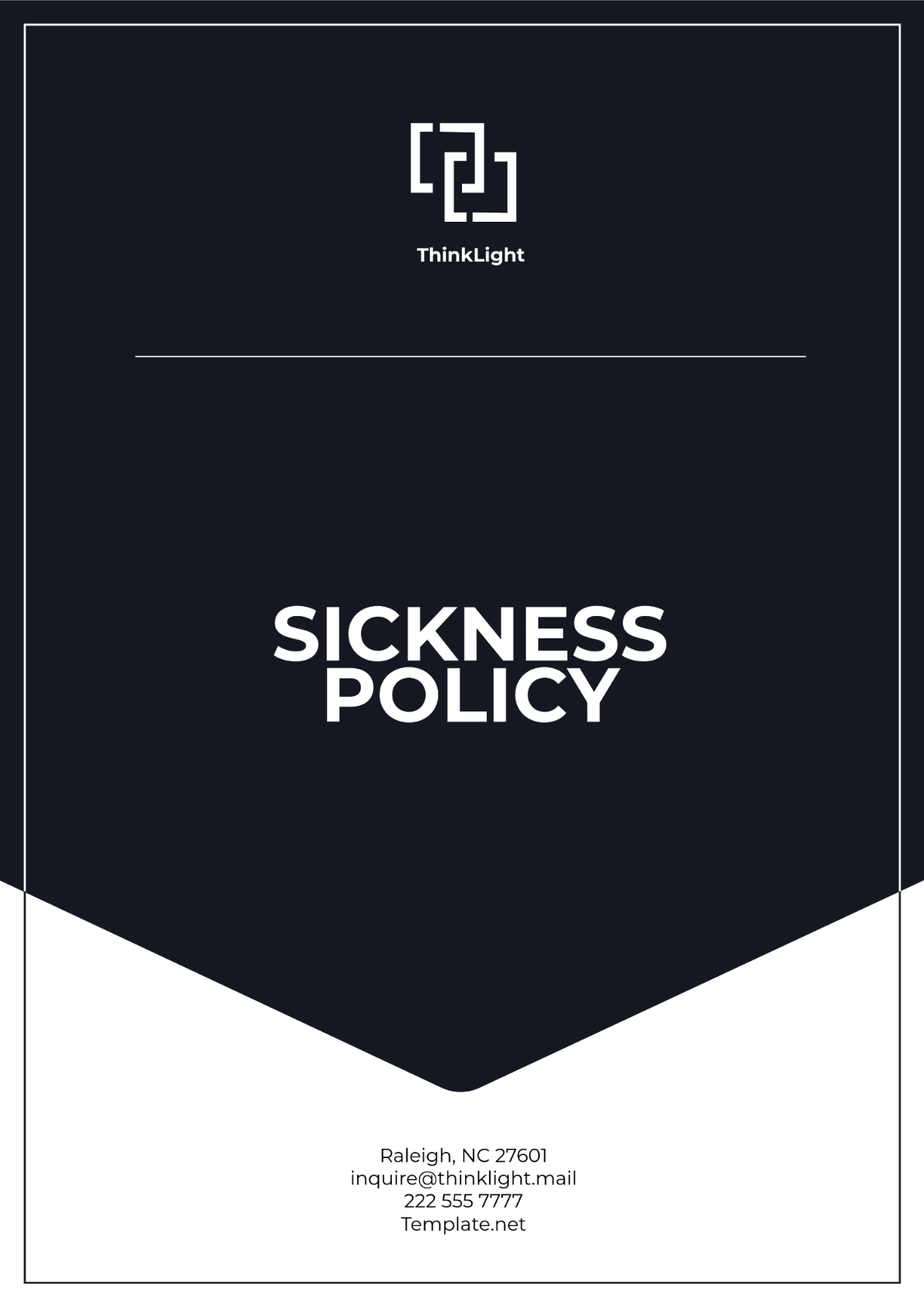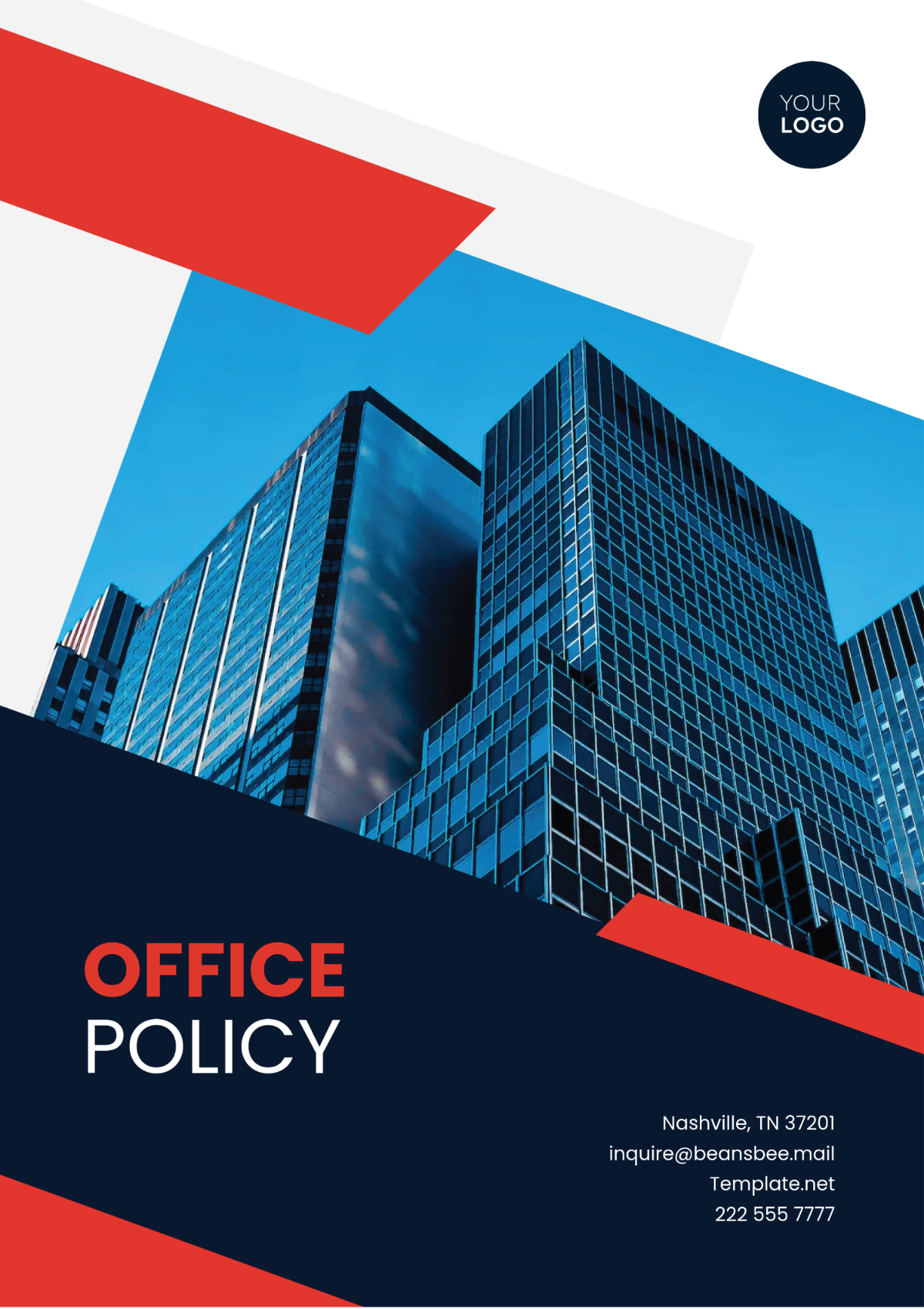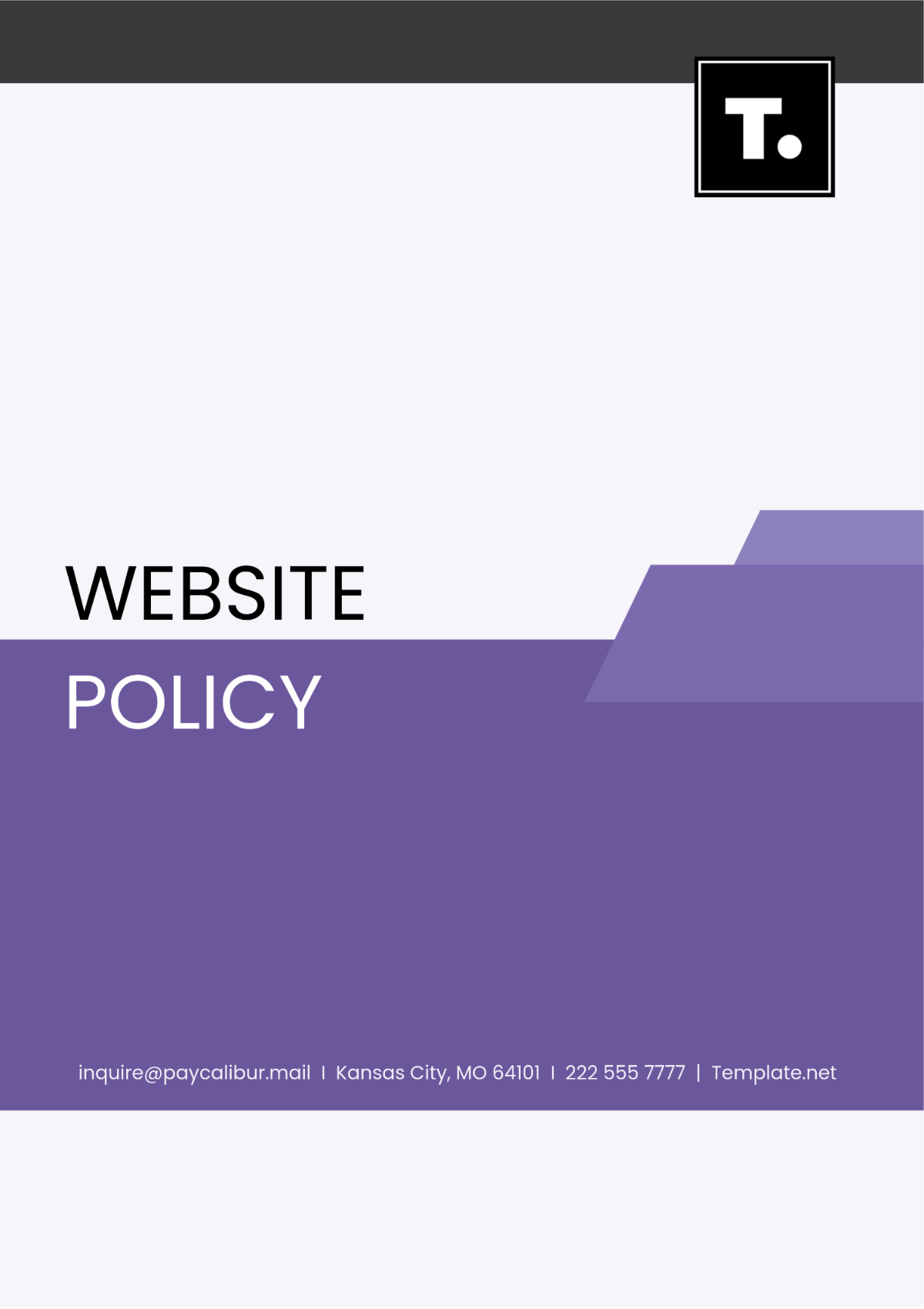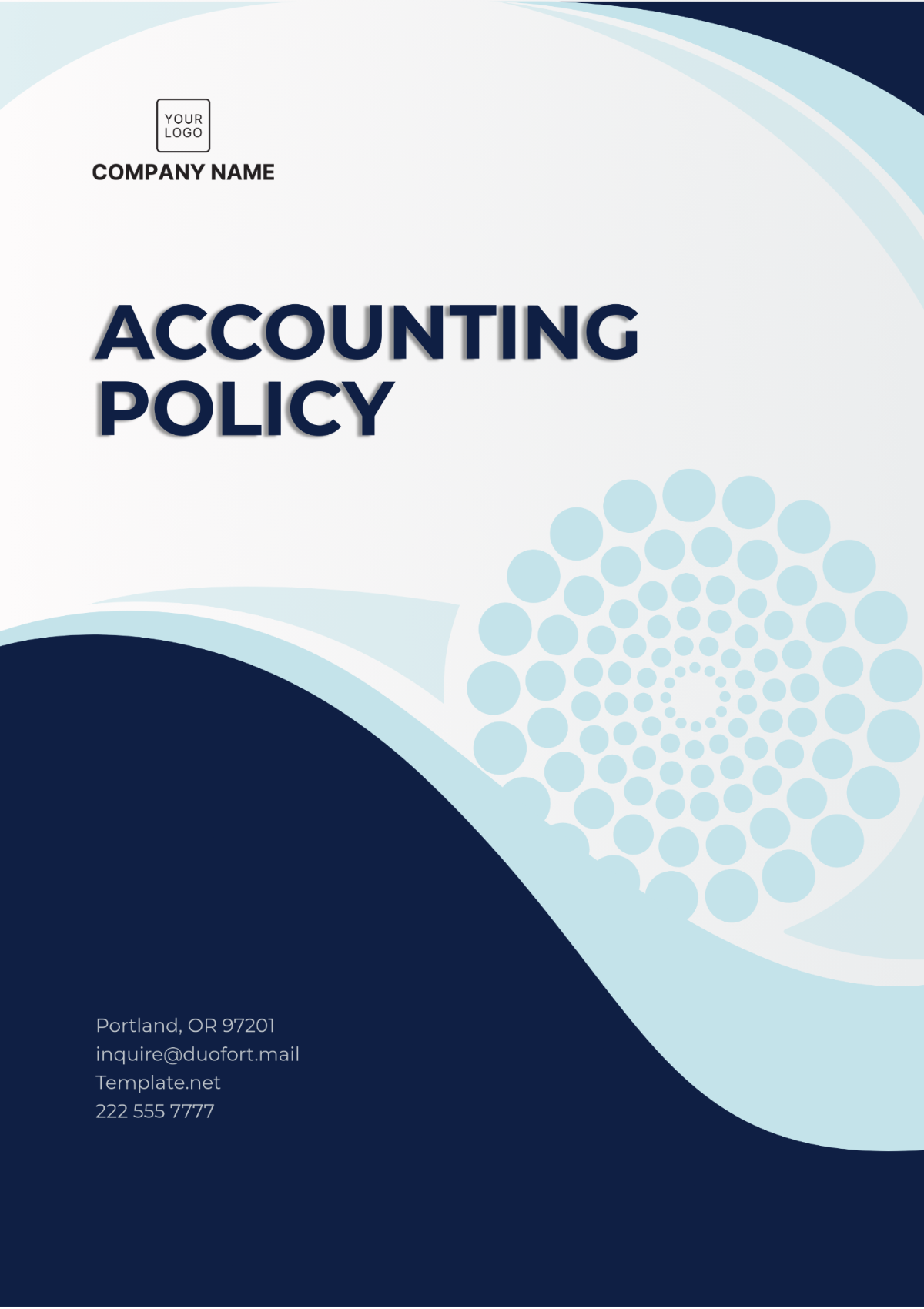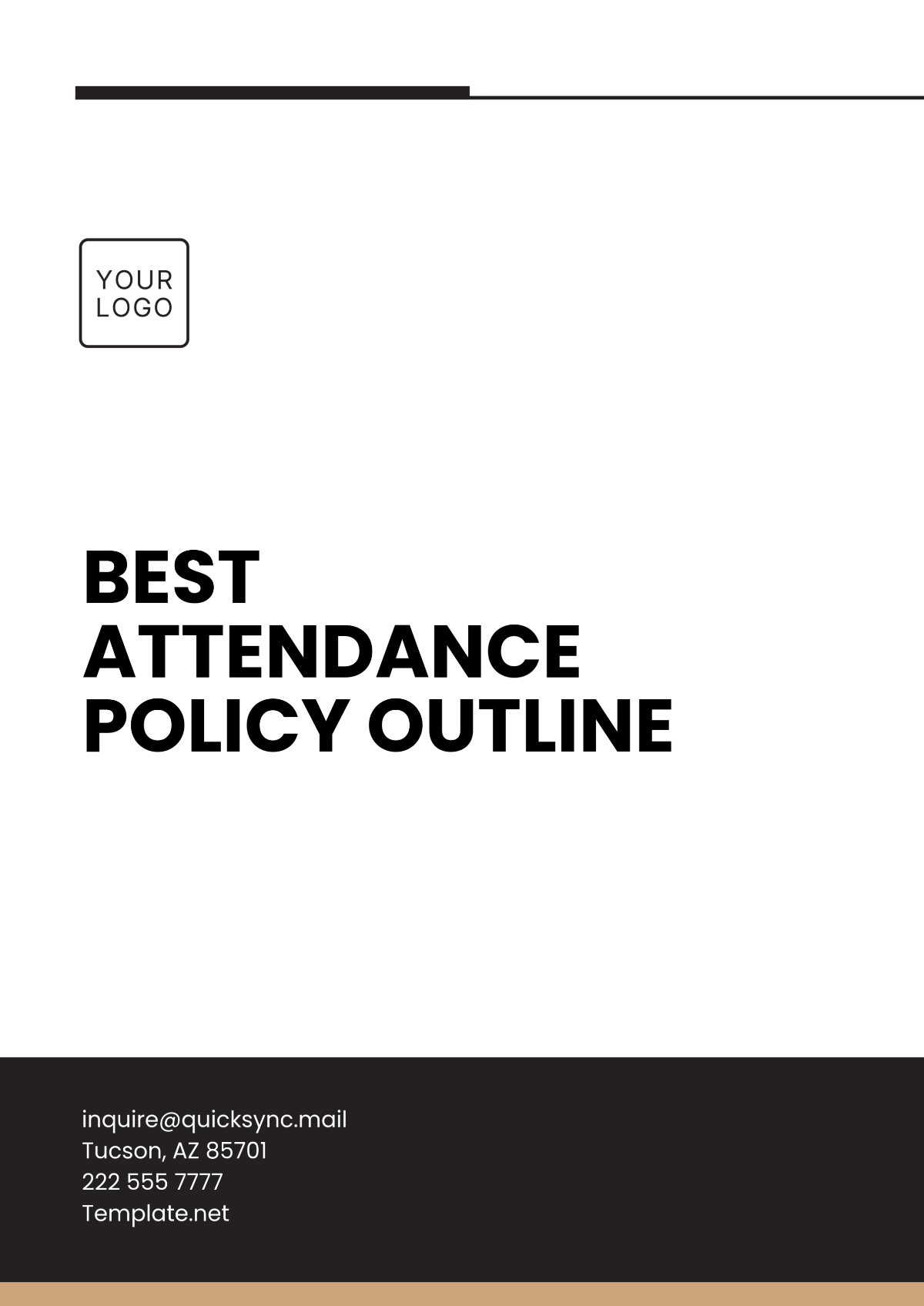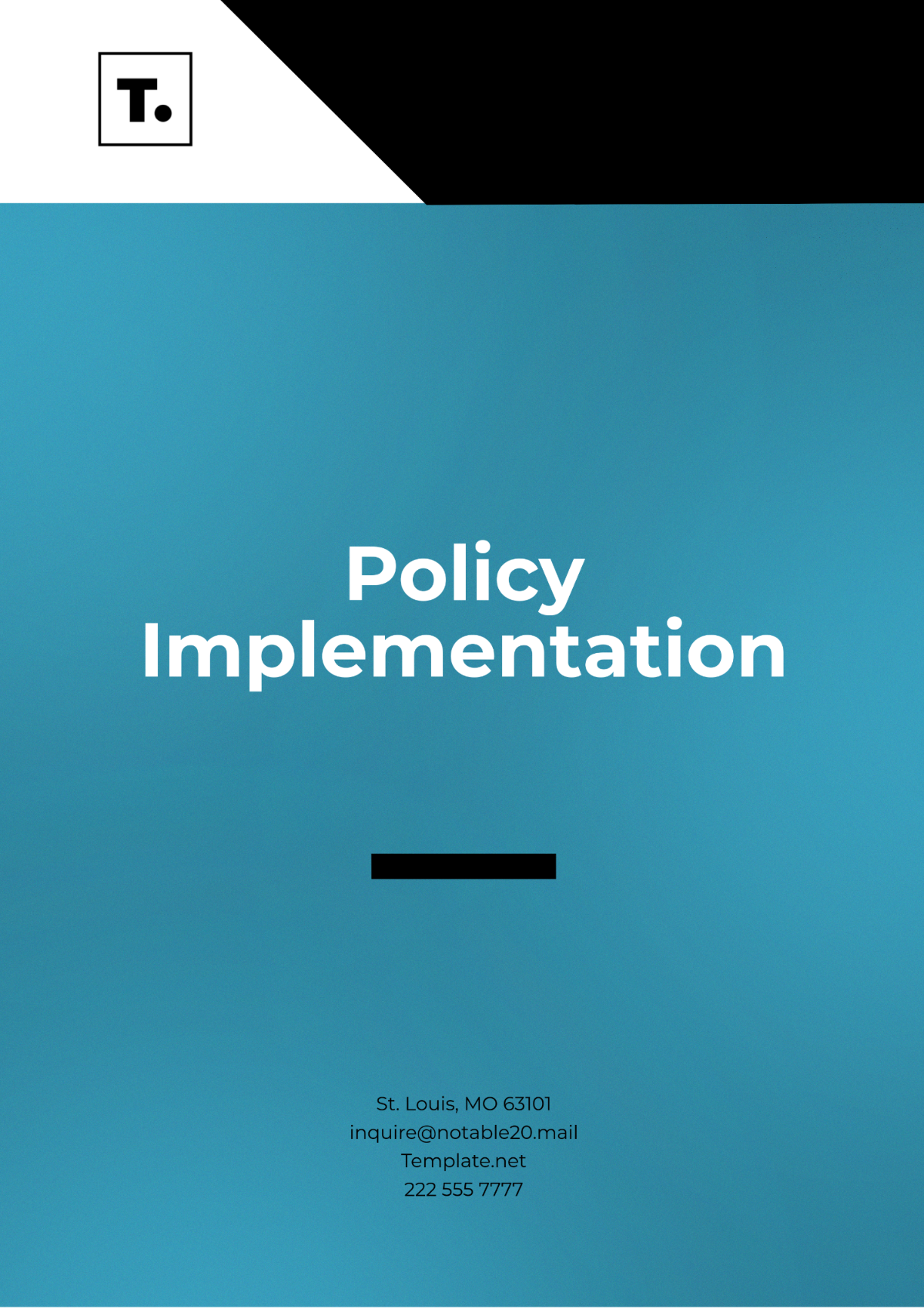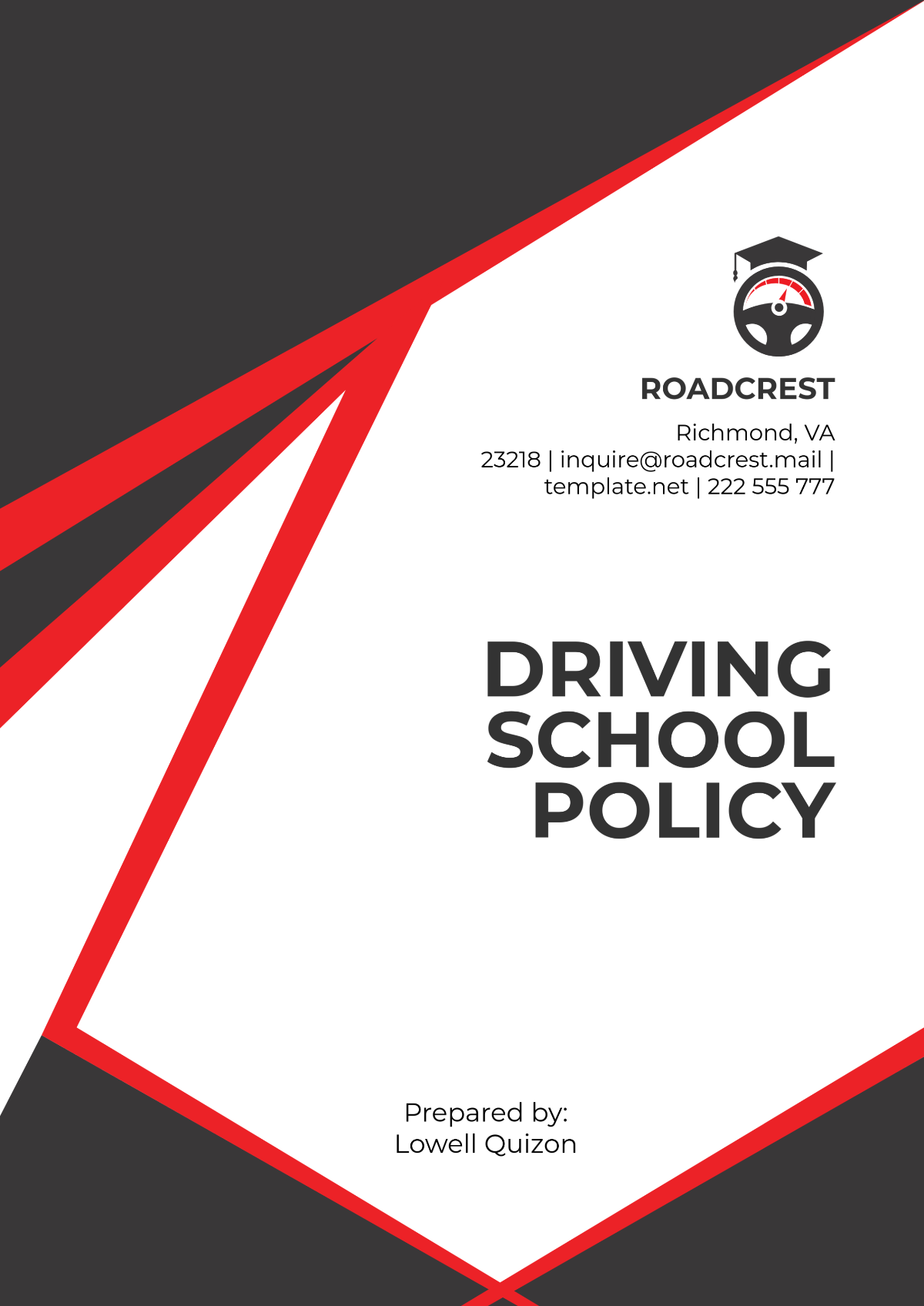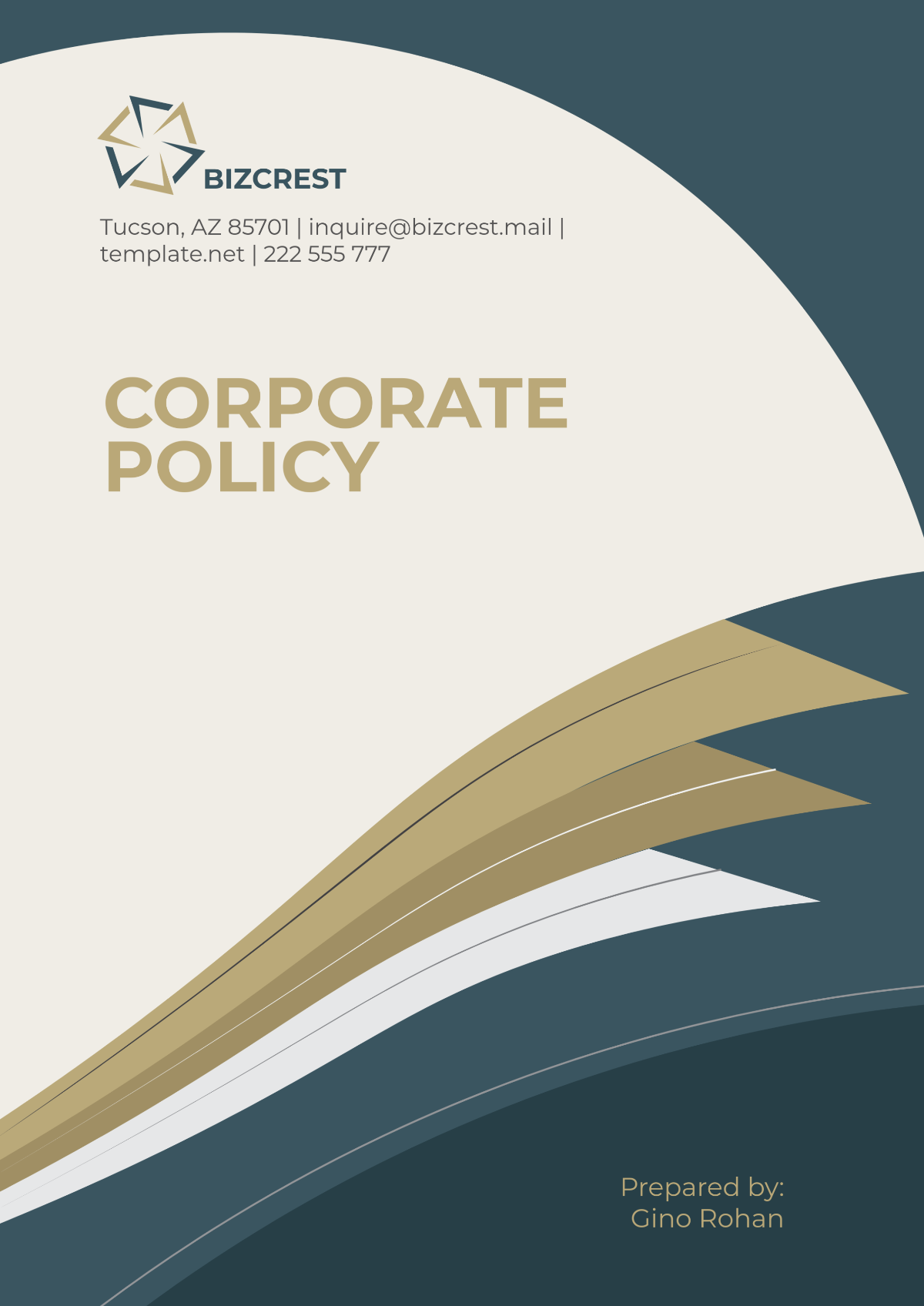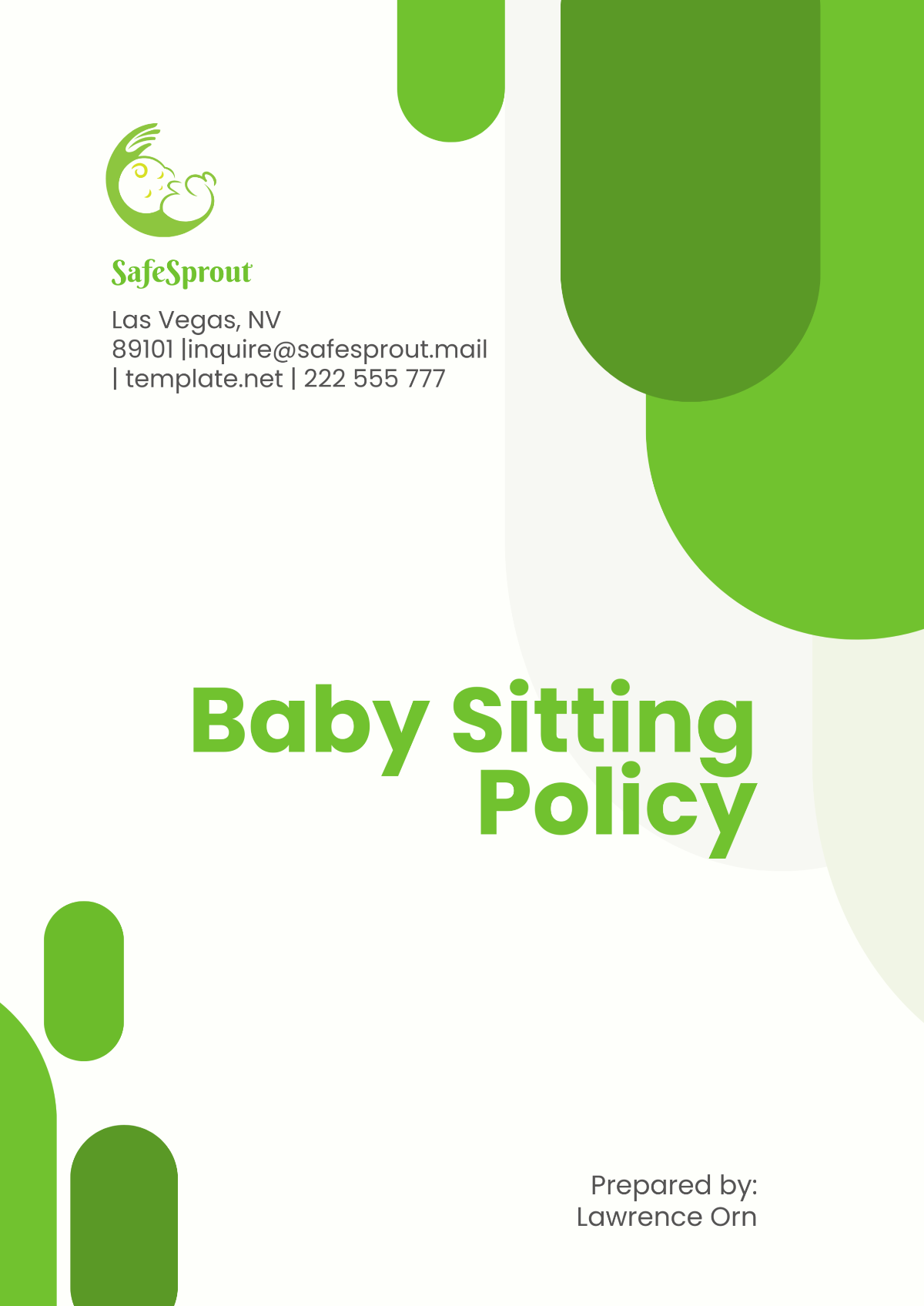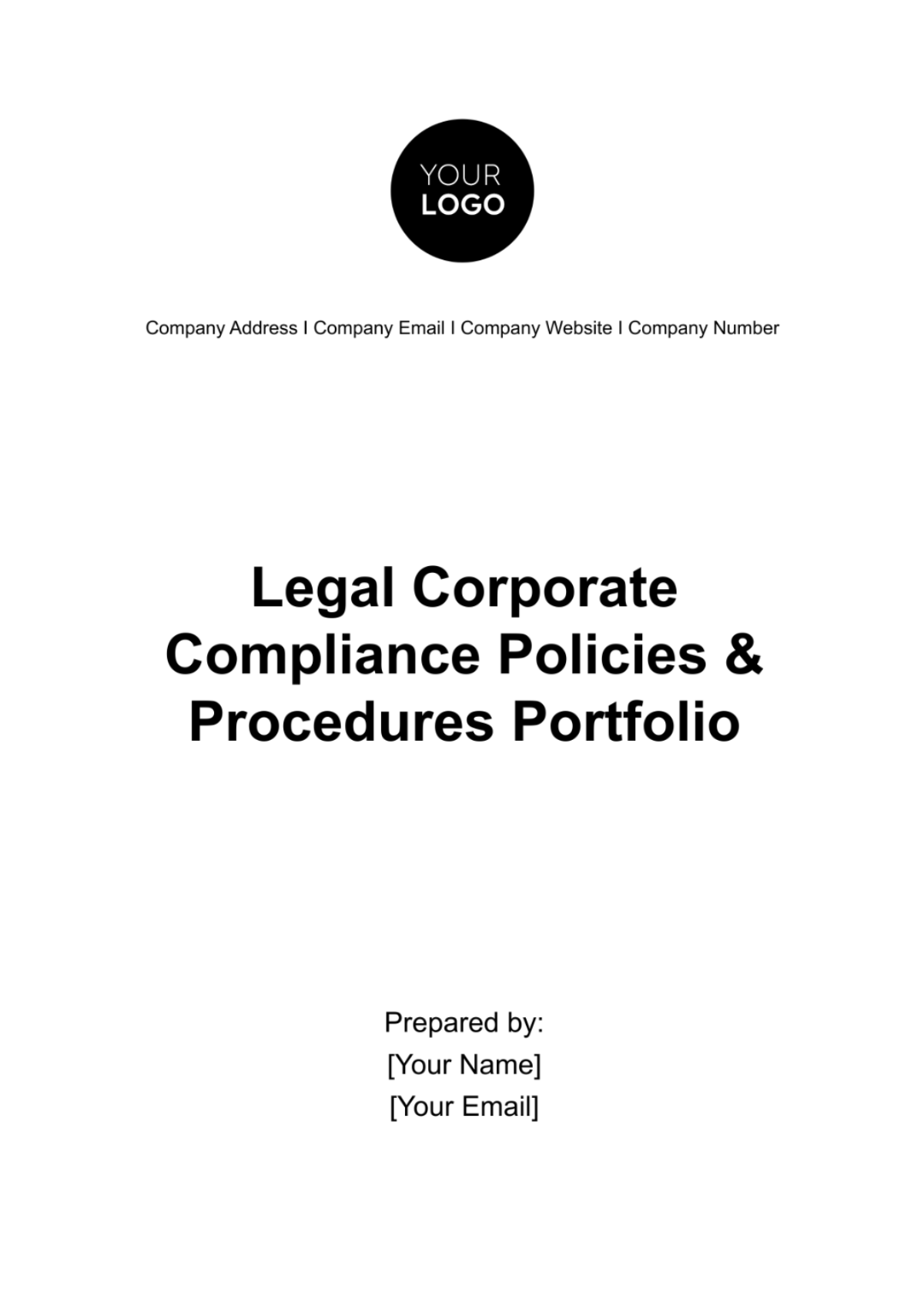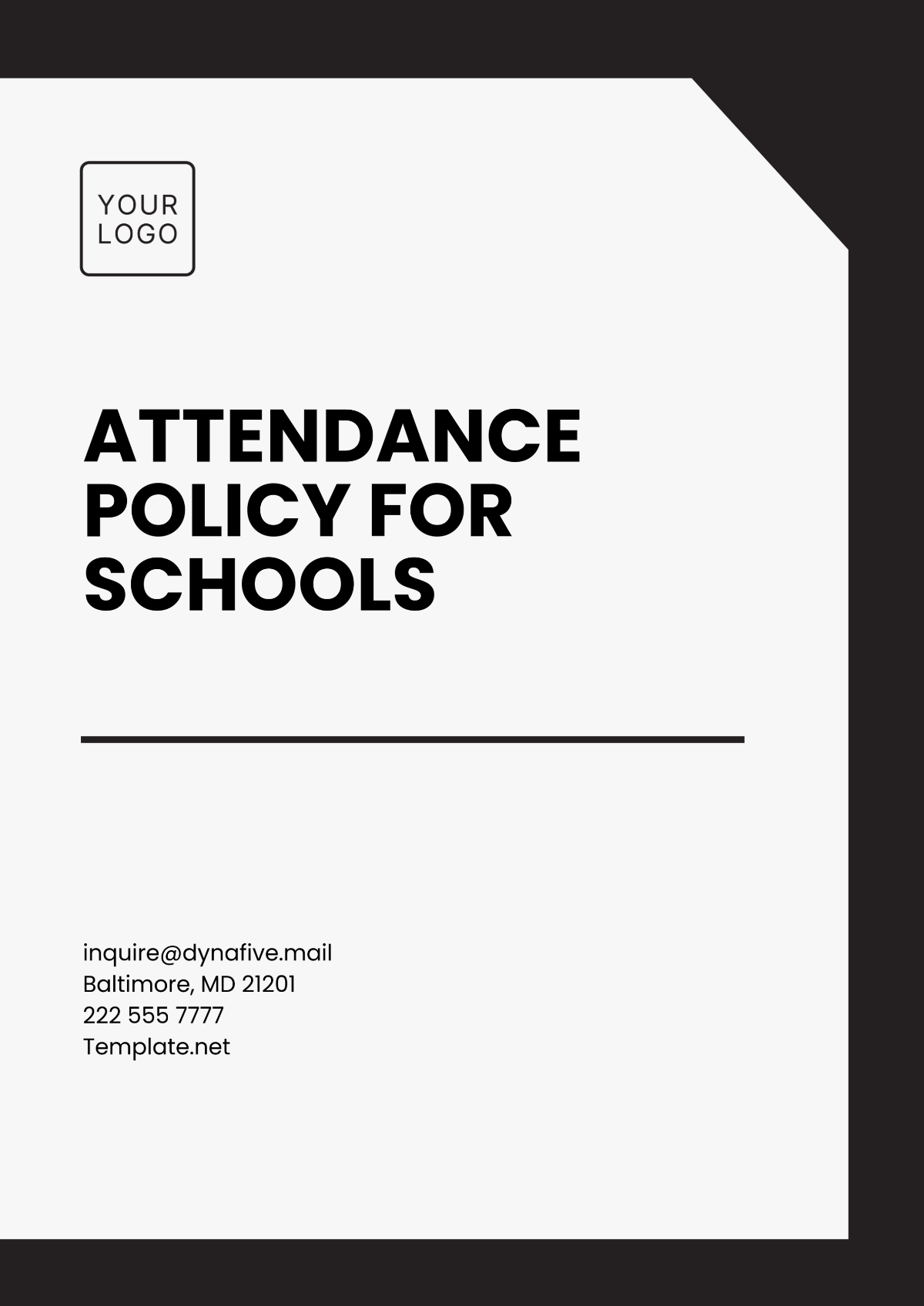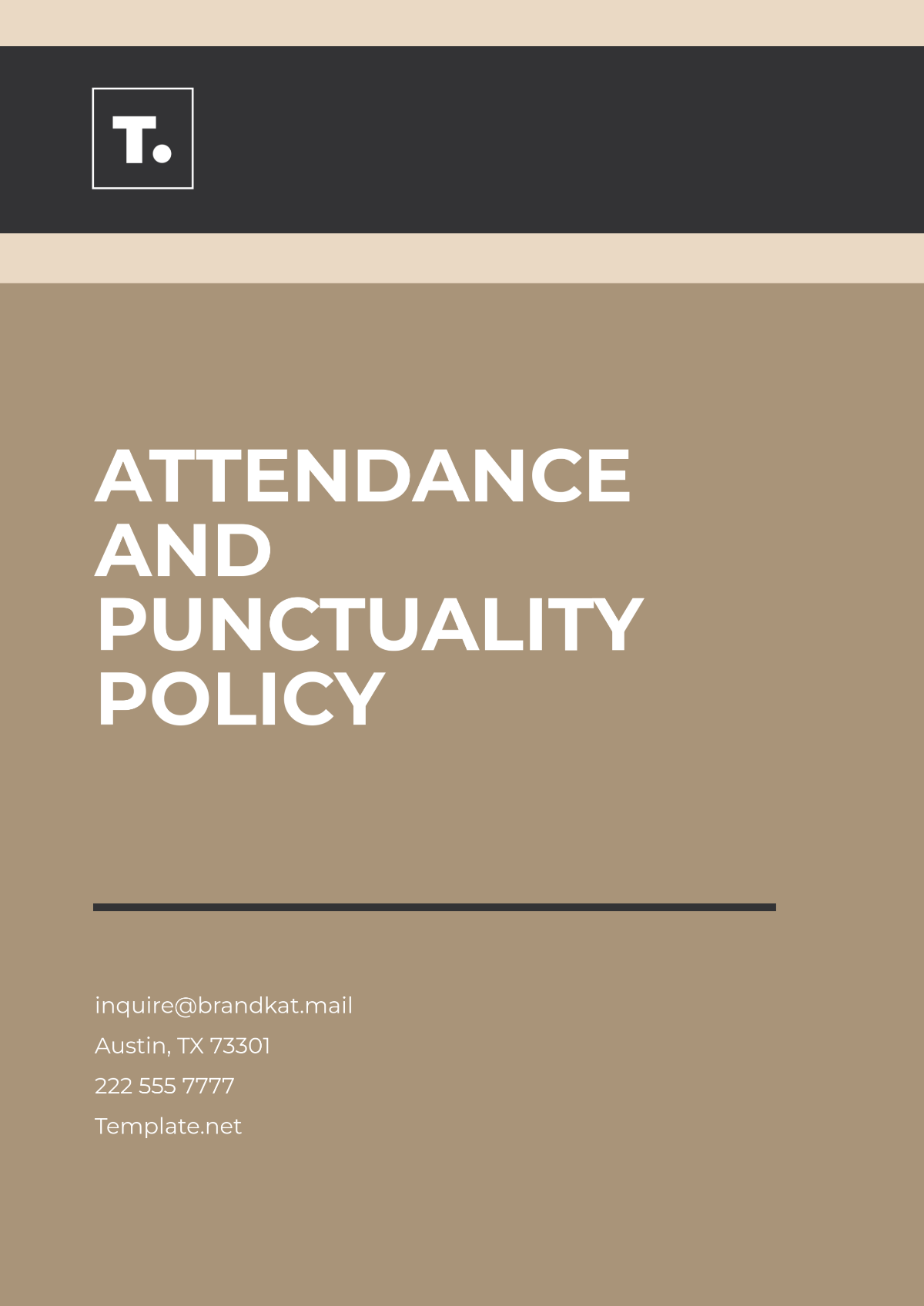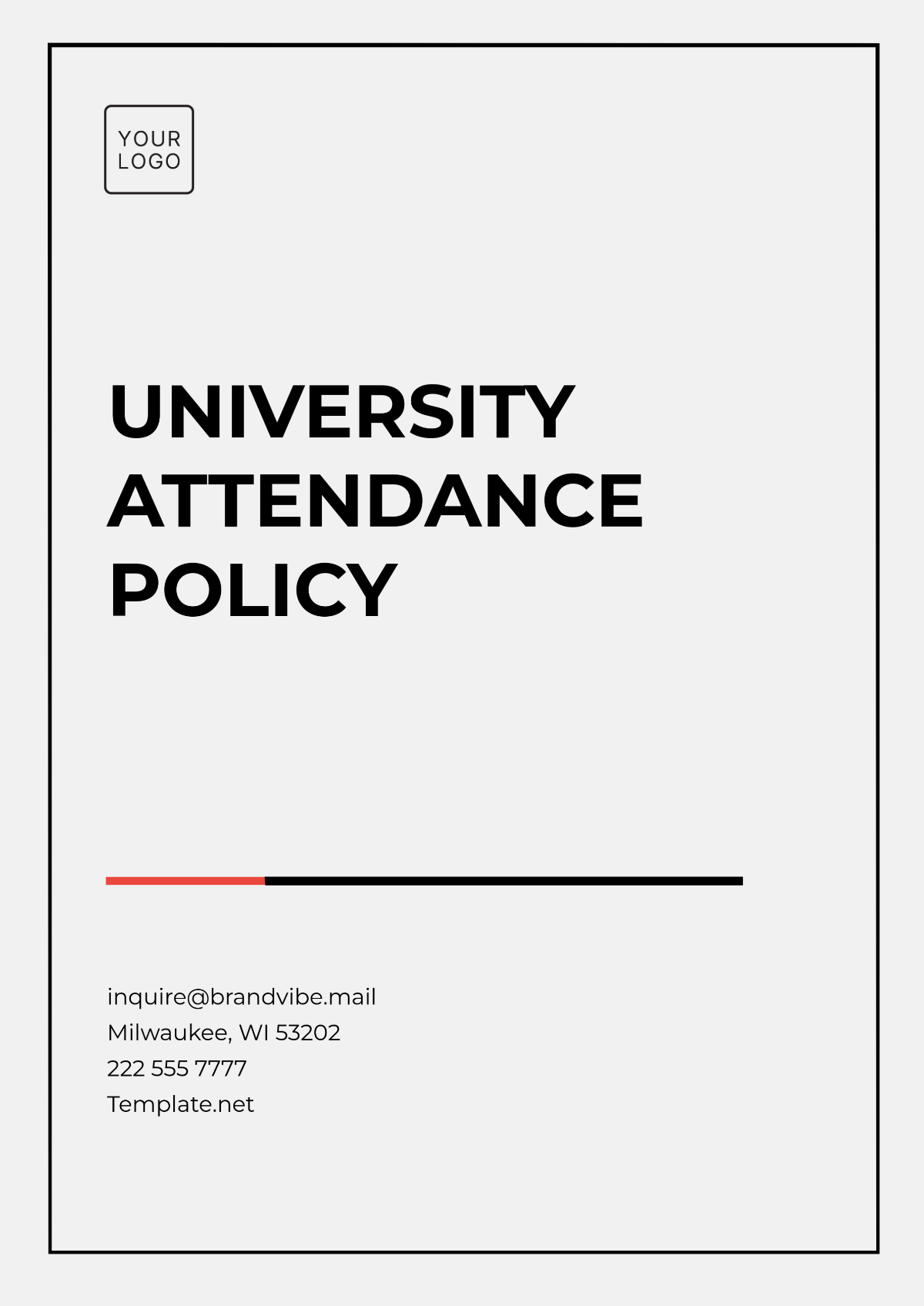Policy Addendum
This Policy Addendum outlines specific amendments and updates to the existing policies of [Your Company Name]. It is designed to enhance clarity, address recent changes in regulations, and ensure compliance with industry standards. All employees are required to familiarize themselves with these changes and integrate them into their daily practices.
The addendum covers key areas including revised procedures, updated responsibilities, and new compliance requirements. Any discrepancies or questions regarding this addendum should be addressed with the Human Resources department. This document will be reviewed annually to maintain its relevance and effectiveness. Please ensure that you adhere to the updated policies as outlined in this addendum.
1. Revised Procedures
1.1 Overview of Amendments
This section outlines specific changes made to the existing procedures to enhance operational efficiency and ensure regulatory compliance. The amendments include updates to workflow processes, modifications in documentation requirements, and adjustments to approval protocols. These changes are designed to streamline operations, reduce redundancy, and adhere to the latest legal standards. Employees are required to thoroughly review these revisions to align their practices with the new procedures. The objective is to improve overall performance and ensure that all operations are conducted within the updated legal framework. It is imperative that employees integrate these changes into their daily tasks to achieve consistent and compliant operational practices.
1.2 Step-by-Step Guidelines
The following step-by-step guidelines are provided to facilitate the transition to the revised procedures effectively:
Step 1: Review the Revised Procedure Document - Employees should begin by reading the updated procedure document in its entirety to understand the changes.
Step 2: Attend Training Sessions - Participate in scheduled training sessions to gain a clear understanding of the revised procedures and their practical applications.
Step 3: Update Internal Workflows - Modify existing workflows to incorporate the new procedures, ensuring that all team members are aware of and adhere to these changes.
Step 4: Implement Changes - Begin using the revised procedures in daily operations, following each step as outlined in the guidelines to ensure consistency and compliance.
Step 5: Monitor and Report - Continuously monitor the implementation of the new procedures and report any issues or discrepancies to the designated compliance officer.
These guidelines are designed to ensure that all departments transition smoothly to the revised procedures, maintaining operational integrity and meeting regulatory expectations.
1.3 Implementation and Training
To ensure a seamless implementation of the revised procedures, the following strategies will be employed:
Training Sessions: Comprehensive training sessions will be scheduled to educate employees on the new procedures. These sessions will include practical demonstrations, case studies, and Q&A segments to address any uncertainties.
Workshops: Interactive workshops will be conducted to provide hands-on experience with the updated procedures, allowing employees to practice and clarify their understanding.
Ongoing Support: Designated procedure experts will be available to offer ongoing support and answer any questions related to the implementation of the new procedures. This support will include one-on-one consultations and additional training resources.
Feedback Mechanism: A feedback mechanism will be established to gather employee input on the revised procedures and address any challenges encountered during the transition.
2. Updated Responsibilities
2.1 Role Definitions
This section defines the new roles and responsibilities resulting from the policy updates. Clear descriptions are provided for each position affected, outlining the specific duties and expectations. The aim is to ensure that each employee understands their role within the updated framework.
2.1.1 Compliance Officer
Responsibilities: Oversee the implementation of the new procedures and ensure compliance across all departments. Conduct regular audits, evaluate adherence to updated policies, and report findings to senior management.
Key Duties:
Monitor departmental adherence to the revised procedures.
Develop and implement corrective action plans for any non-compliance issues.
Provide guidance and support to department heads on compliance matters.
2.1.2 Procedure Documentation Specialist
Responsibilities: Update and maintain all procedural documentation to reflect the new amendments. Ensure that all procedure-related documents are accurate, current, and accessible to employees.
Key Duties:
Revise and distribute updated procedure manuals.
Maintain an organized repository of procedural documents.
Assist in the creation of training materials and documentation for new procedures.
2.1.3 Training Coordinator
Responsibilities: Organize and facilitate training sessions and workshops related to the revised procedures. Ensure that all employees receive the necessary training to effectively implement the new procedures.
Key Duties:
Develop training schedules and coordinate training sessions.
Prepare and deliver training materials and presentations.
Assess training effectiveness and make adjustments as needed.
2.1.4 Departmental Process Lead
Responsibilities: Serve as the point of contact for their respective departments regarding the implementation of revised procedures. Ensure that their teams understand and adhere to the updated policies.
Key Duties:
Communicate updates and procedural changes to team members.
Monitor departmental compliance with new procedures.
Address any procedural issues or questions raised by team members.
2.1.5 HR Liaison
Responsibilities: Act as the intermediary between employees and the Human Resources department concerning the new procedures. Handle inquiries, provide clarification, and manage any procedural conflicts or issues.
Key Duties:
Address employee questions and concerns about the revised procedures.
Facilitate communication between employees and HR regarding procedural updates.
Maintain records of employee training and compliance status.
2.1.6 Compliance Auditor
Responsibilities: Conduct detailed audits to ensure adherence to the revised procedures and compliance requirements. Provide feedback and recommendations for continuous improvement.
Key Duties:
Perform regular audits of departmental practices.
Document findings and report on compliance levels.
Recommend improvements to enhance adherence to the new procedures.
2.1.7 IT Support Specialist
Responsibilities: Ensure that technological systems and tools used in implementing the new procedures are functioning correctly. Provide technical support and troubleshoot any issues related to procedural changes.
Key Duties:
Support the integration of new procedures into existing technology platforms.
Address technical issues related to procedural implementation.
Ensure that all software and systems are updated to support the revised procedures.
2.2 Expectations and Requirements
2.2.1 Specific Tasks
Detailed Task List: Each role has a defined set of tasks that must be performed to meet updated responsibilities. For example, Compliance Officers are tasked with conducting audits, while Training Coordinators are responsible for organizing training sessions.
Task Deadlines: Clear deadlines are established for each task to ensure timely completion. For instance, Procedure Documentation Specialists must update all relevant documents within 30 days of receiving new policy changes.
Completion Standards: Tasks should be completed accurately and in accordance with the updated procedures to maintain operational efficiency and regulatory compliance.
2.2.2 Quality Standards
Performance Criteria: Employees are expected to meet predefined quality standards, which include precision in task execution, adherence to deadlines, and the accuracy of documentation.
Review and Feedback: Regular reviews will be conducted to assess the quality of work and adherence to standards. Employees will receive constructive feedback to address any issues and improve performance.
Continuous Improvement: Employees are encouraged to seek continuous improvement by integrating feedback and striving to exceed the established quality standards.
2.2.3 Communication and Reporting
Regular Updates: Employees must provide regular updates on their progress regarding their tasks and responsibilities. This ensures transparency and allows for timely intervention if issues arise.
Reporting Issues: Any difficulties or challenges encountered in fulfilling updated responsibilities must be reported promptly to the relevant authority or department head.
Documentation: Proper documentation of completed tasks, issues encountered, and actions taken must be maintained to support accountability and performance tracking.
2.3 Accountability and Performance Metrics
2.3.1 Accountability Measures
Regular Evaluations: Employees will undergo regular performance evaluations to assess their adherence to updated responsibilities and procedures. These evaluations will be conducted quarterly to ensure ongoing compliance.
Performance Reviews: Detailed performance reviews will be carried out to assess the effectiveness and accuracy of task completion. Employees will receive feedback on areas of improvement and acknowledgment of achievements.
Corrective Actions: Any deviations from expected performance will be addressed through corrective action plans, which may include additional training or procedural adjustments.
2.3.2 Performance Metrics
Key Performance Indicators (KPIs): Specific KPIs will be used to measure employee performance, such as adherence rates, task completion times, and quality of work. KPIs will be regularly reviewed to ensure they align with the updated procedures.
Benchmarking: Performance will be benchmarked against established standards and goals to identify areas of excellence and areas requiring improvement.
Data Tracking: Performance data will be collected and analyzed to track progress and ensure that all employees contribute effectively to team performance.
2.3.3 Feedback and Improvement
Feedback Mechanism: A structured feedback mechanism will be implemented to provide employees with insights into their performance and areas for development. Feedback will be constructive and aimed at fostering growth.
Action Plans: Based on performance evaluations and feedback, action plans will be created to address any performance gaps and support continuous improvement.
Follow-Up: Regular follow-up meetings will be held to review progress on action plans and ensure that performance improvements are being realized.
3. New Compliance Requirements
3.1 Legal and Regulatory Adherence
3.1.1 Recent Legal Updates
New Laws and Regulations: Employees must adhere to recent changes in laws and regulations affecting the industry, such as updated labor laws, environmental regulations, and data protection requirements.
Internal Benchmarks: Compliance with new internal benchmarks established to enhance operational efficiency and align with industry standards is required.
Legal Implications: Detailed explanations of the legal implications of these requirements are provided to ensure employees understand their responsibilities and the potential consequences of non-compliance.
3.1.2 Industry Standards
Compliance Standards: Employees must align with new industry standards to maintain certifications and competitive positioning. These standards may include quality assurance benchmarks and ethical guidelines.
Adherence Protocols: Protocols for adhering to these standards are outlined, including specific actions required to meet compliance.
3.1.3 Internal Benchmarks
Performance Benchmarks: Internal benchmarks have been set to measure compliance and operational performance. Employees are required to meet or exceed these benchmarks to ensure effective implementation of updated procedures.
3.2 Monitoring and Reporting Protocols
3.2.1 Regular Audits
Audit Schedule: Regular audits will be conducted to review adherence to the new compliance requirements. The audit schedule will be defined, with audits occurring semi-annually or as needed.
Audit Process: The audit process includes a thorough examination of departmental practices, documentation, and compliance levels. Findings will be documented and reported to management.
3.2.2 Compliance Checks
Routine Checks: Routine compliance checks will be performed to ensure ongoing adherence to legal and regulatory standards. These checks will involve reviewing processes, documentation, and employee practices.
Check Protocols: Detailed protocols for conducting compliance checks will be established to ensure consistency and effectiveness in monitoring compliance.
3.2.3 Reporting Mechanisms
Reporting Requirements: Employees are required to report any instances of non-compliance or issues related to the new requirements to the designated compliance officer immediately.
Reporting Channels: Clear reporting channels will be established to facilitate the timely submission of compliance-related issues and concerns.
Issue Resolution: A process for resolving reported issues will be implemented to address non-compliance and ensure corrective actions are taken.
3.3 Compliance Support and Resources
3.3.1 Contact Information
Compliance Officers: Contact information for compliance officers will be provided to assist employees with any questions or issues related to compliance requirements.
Support Availability: Compliance officers will be available for consultations and guidance on implementing new requirements.
3.3.2 Access to Legal Counsel
Legal Guidance: Access to legal counsel will be available for employees needing assistance with complex compliance issues or legal questions.
Consultation Services: Legal counsel will provide consultation services to ensure employees understand their obligations and the legal implications of non-compliance.
3.3.3 Guidance Materials
Documentation: Comprehensive guidance materials, including manuals, FAQs, and reference documents, will be provided to support employees in understanding and meeting the new compliance requirements.
Training Resources: Additional training resources will be available to help employees stay informed and effectively implement compliance measures.
Resource Accessibility: All guidance materials and resources will be accessible through the company's internal portal or other designated channels.
IN WITNESS WHEREOF, this Policy Addendum has been reviewed and approved by the undersigned representatives of [Your Company Name]. By signing below, both parties affirm their understanding and agreement to the updated policies, procedures, responsibilities, and compliance requirements as outlined in this document.
[Your Company Name] | Employee |
|---|---|
By: [Your Name] | By: Alisa Smith |
Title: Chief Legal Officer | Title: Legal Secretary |
Date: August 9, 2050 | Date: August 9, 2050 |
|
|
This Policy Addendum is effective as of August 9, 2050, and shall remain in force until further notice or until it is amended by a subsequent policy update. All parties involved are expected to comply with the provisions set forth herein to ensure smooth and effective operation within the company.
